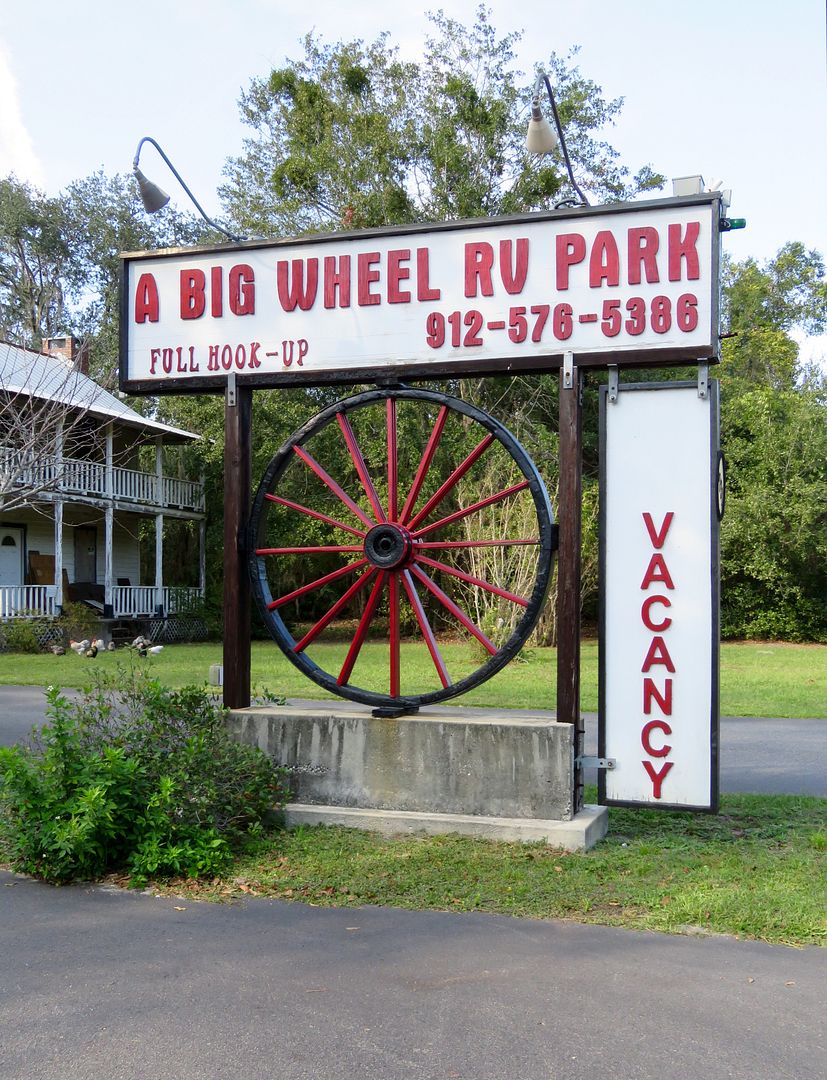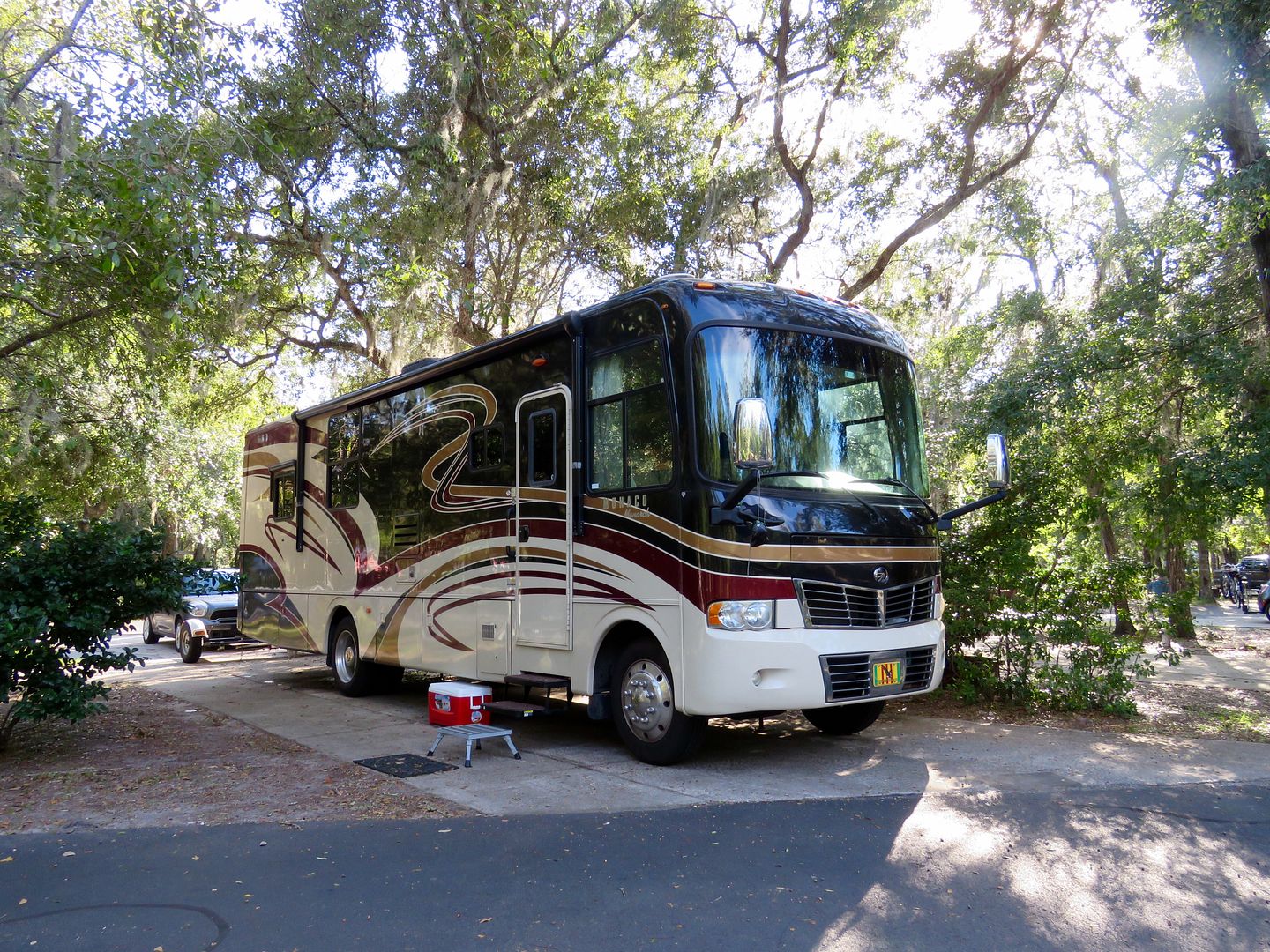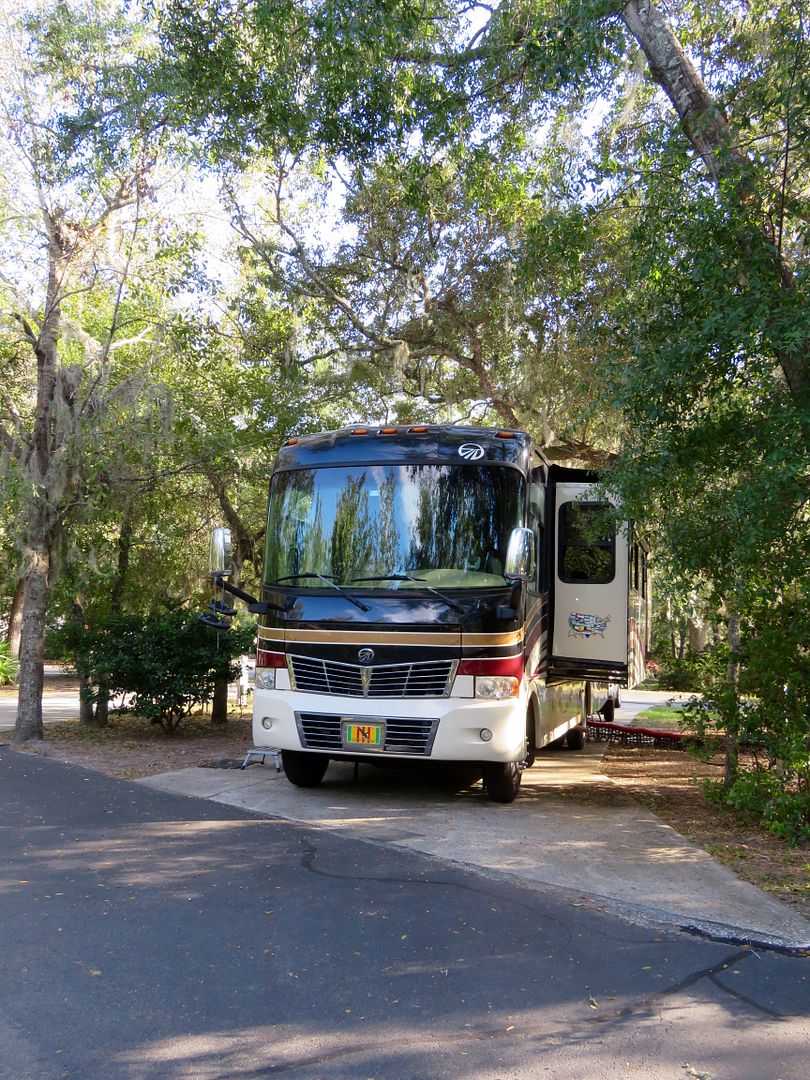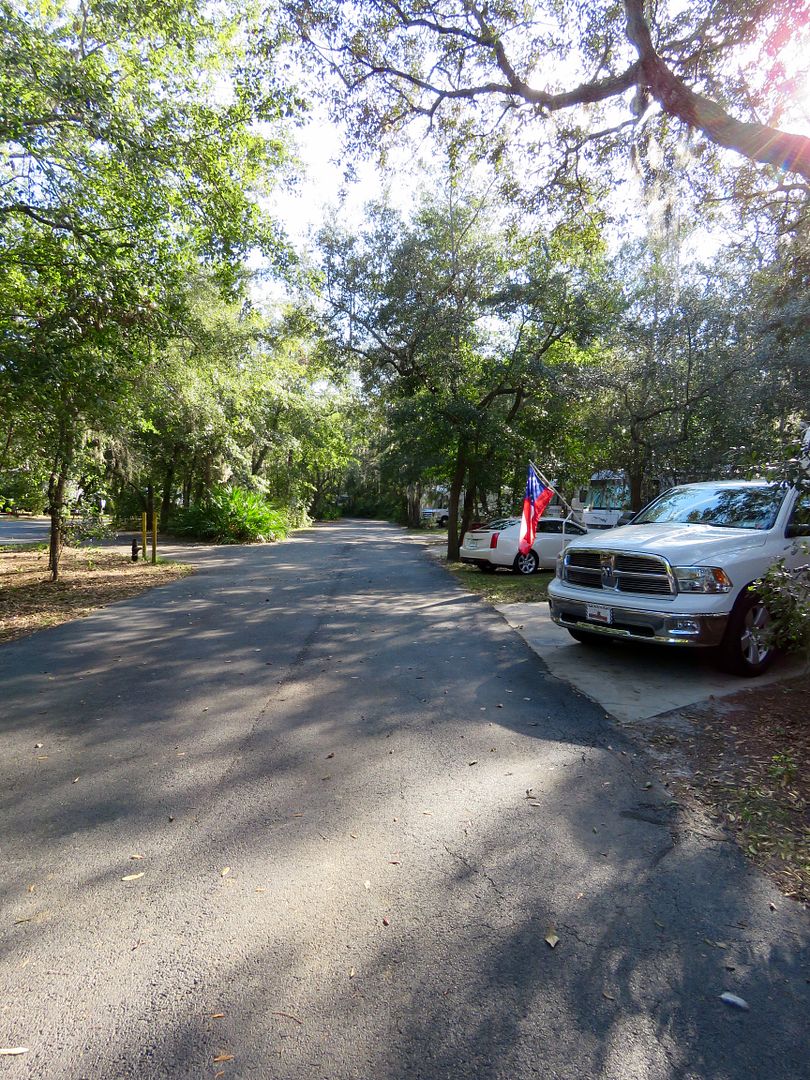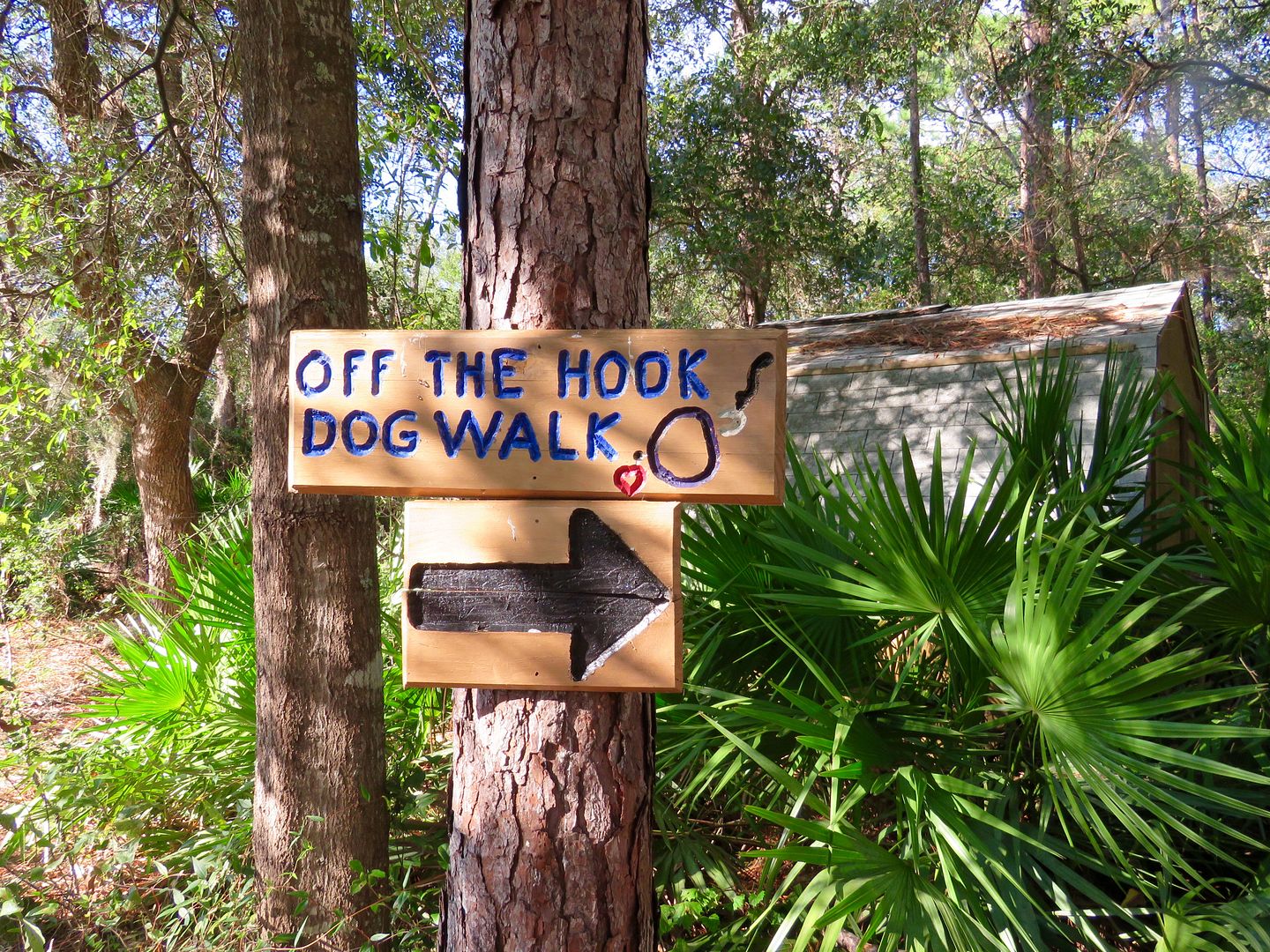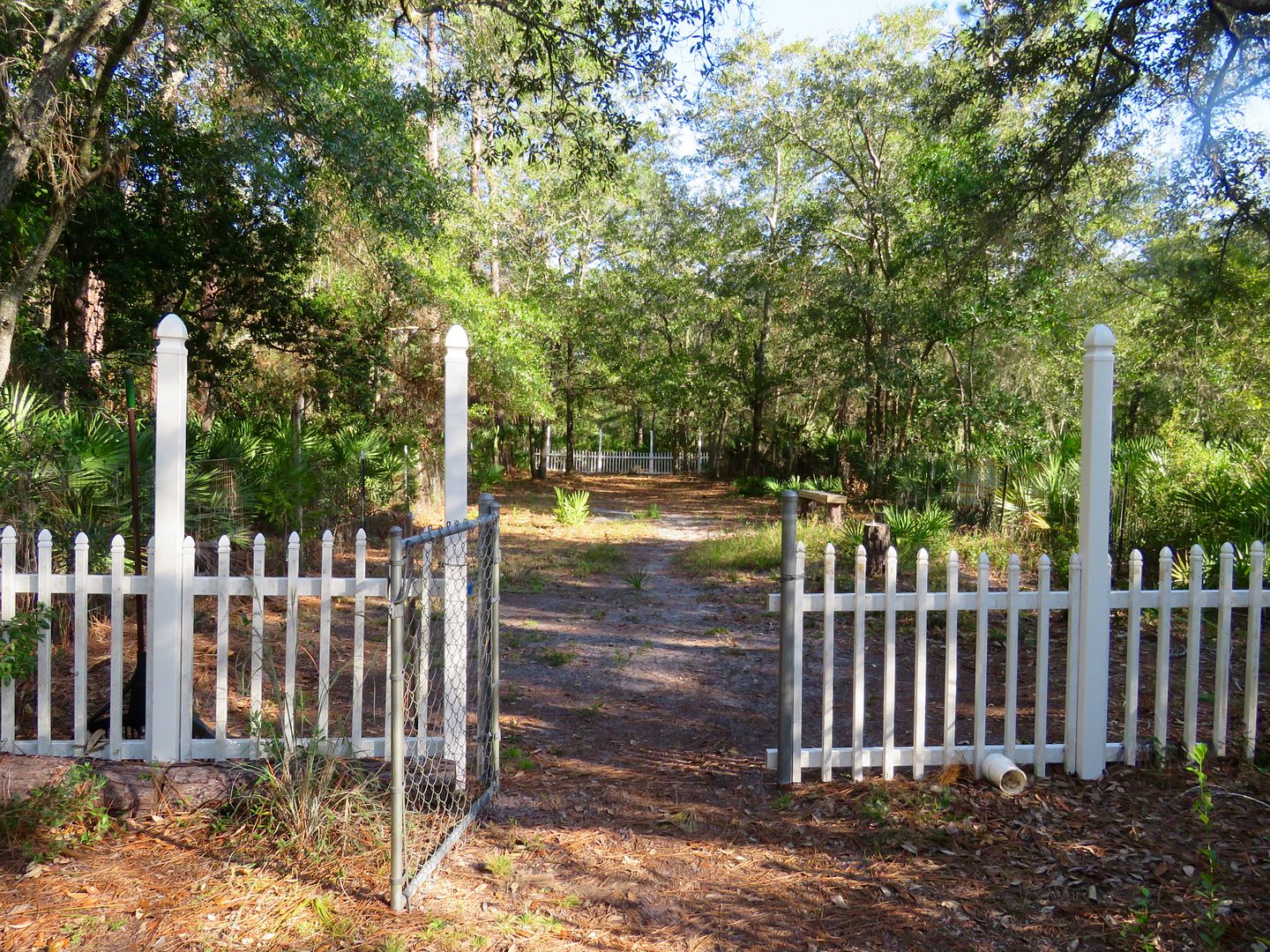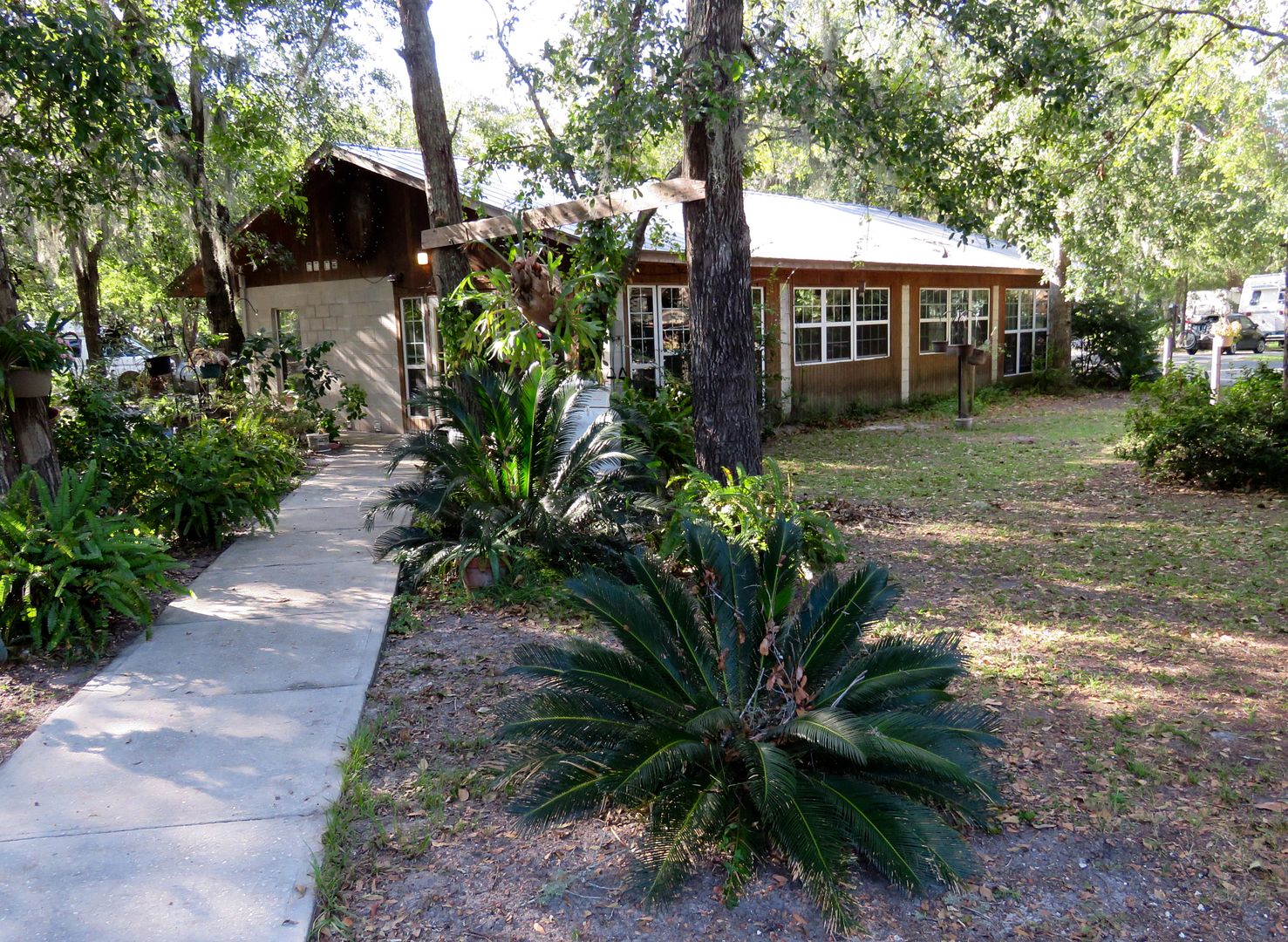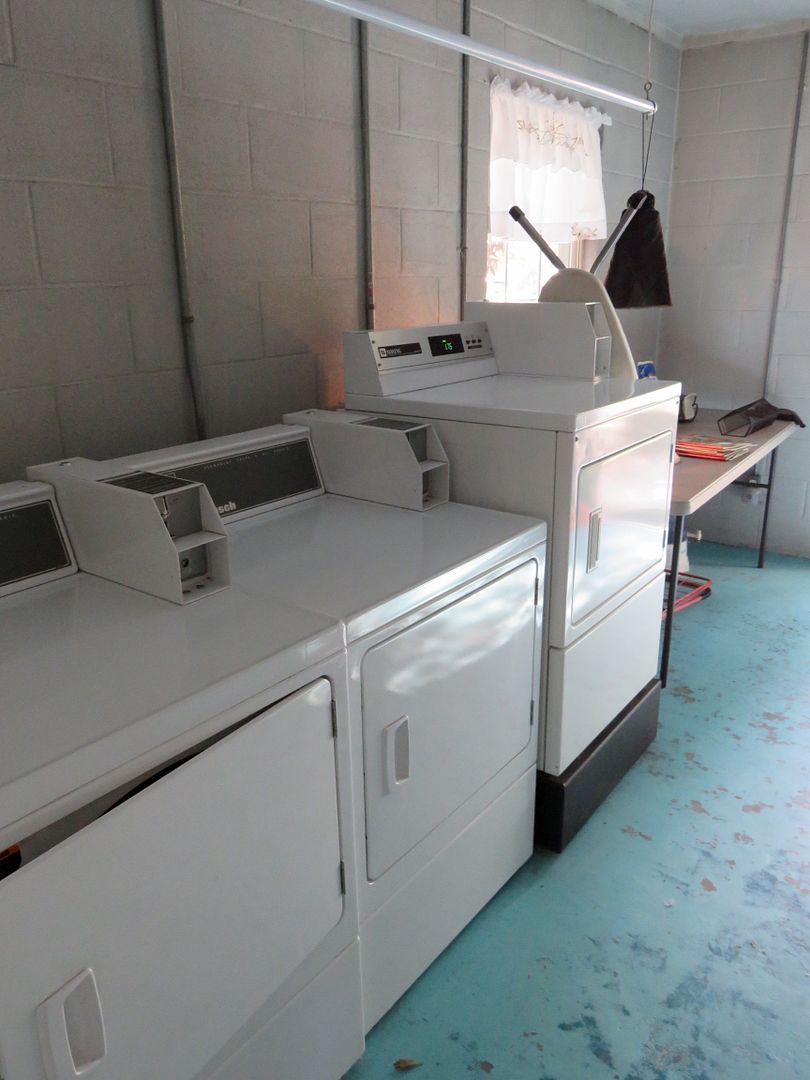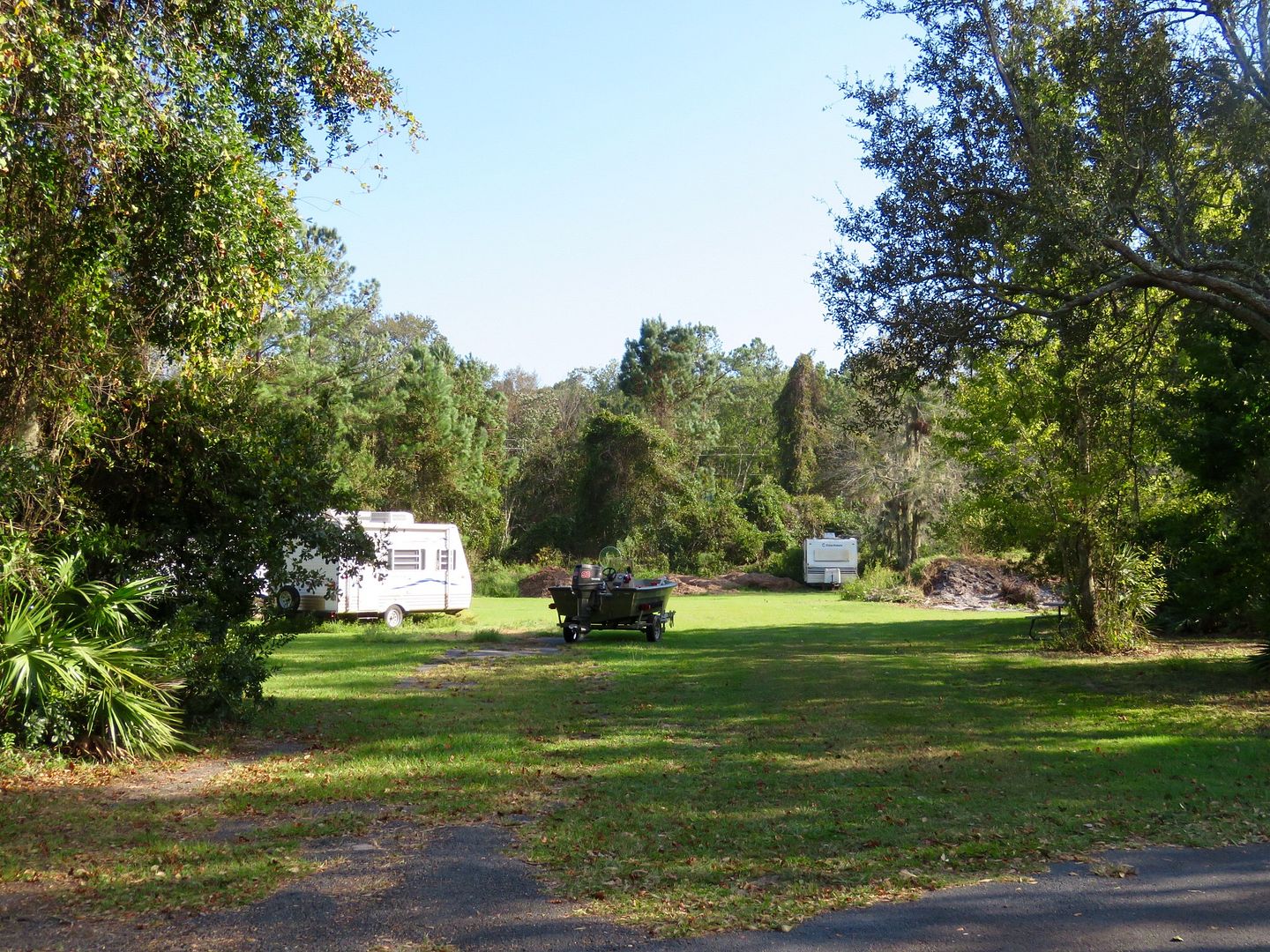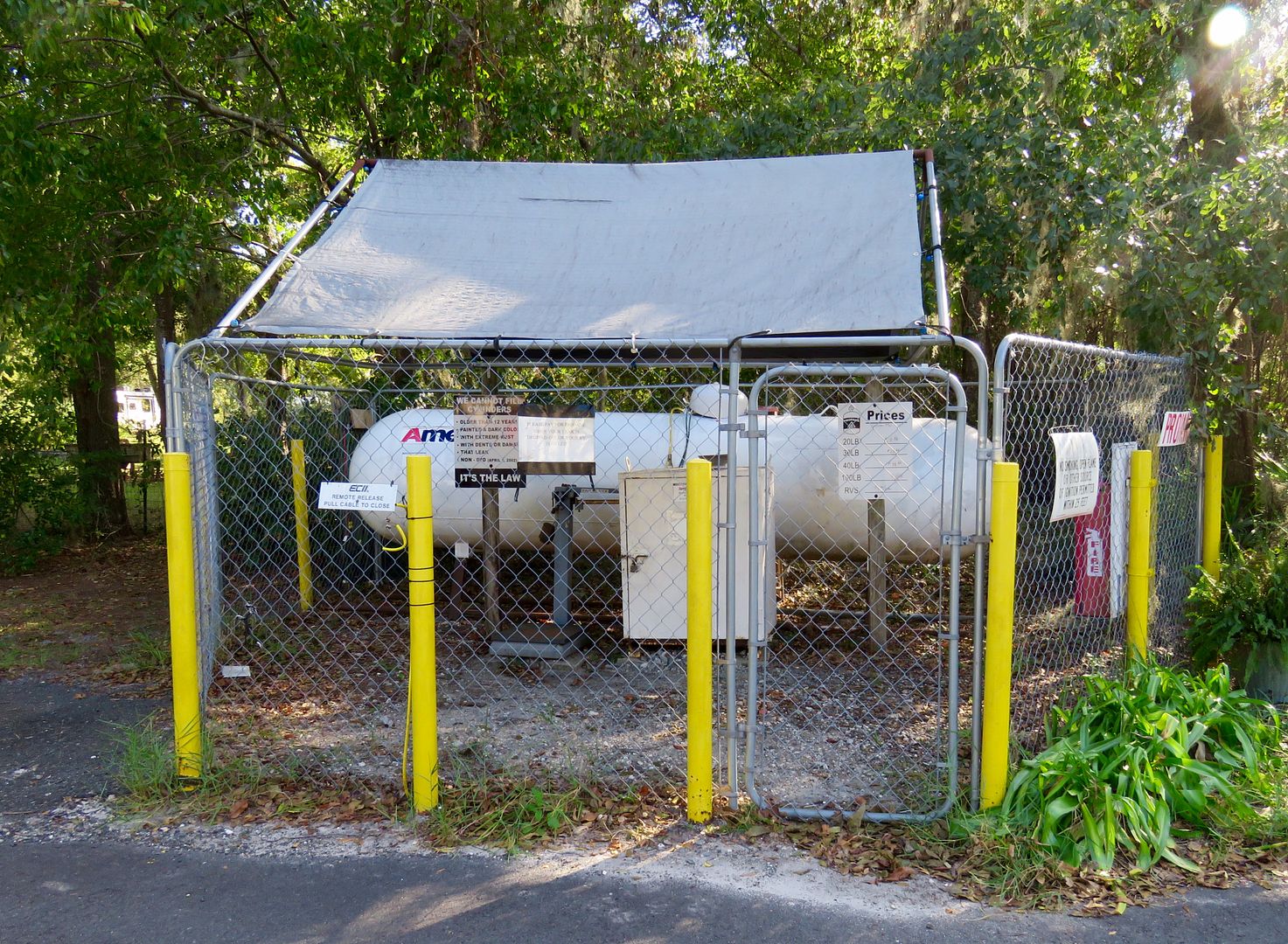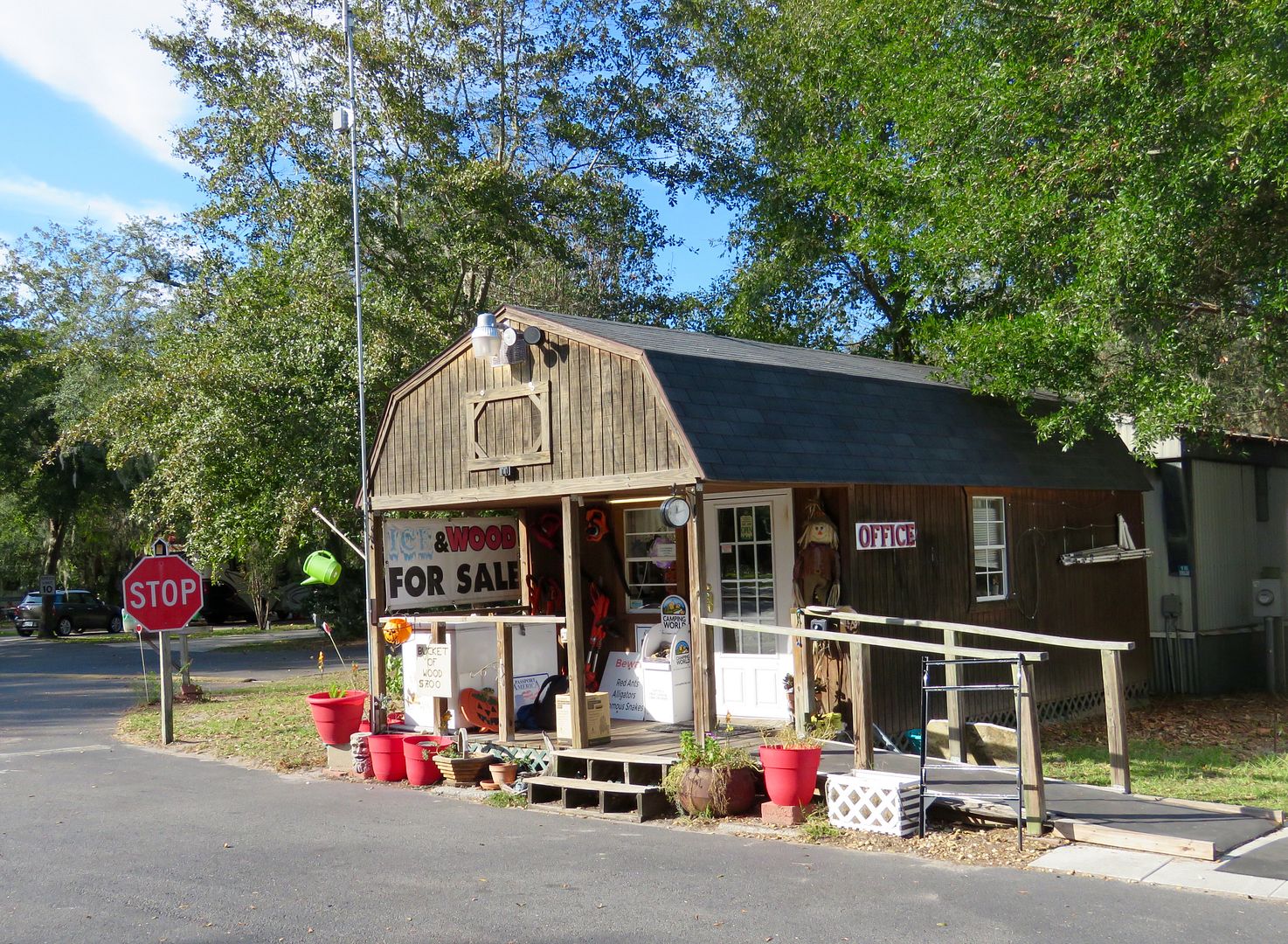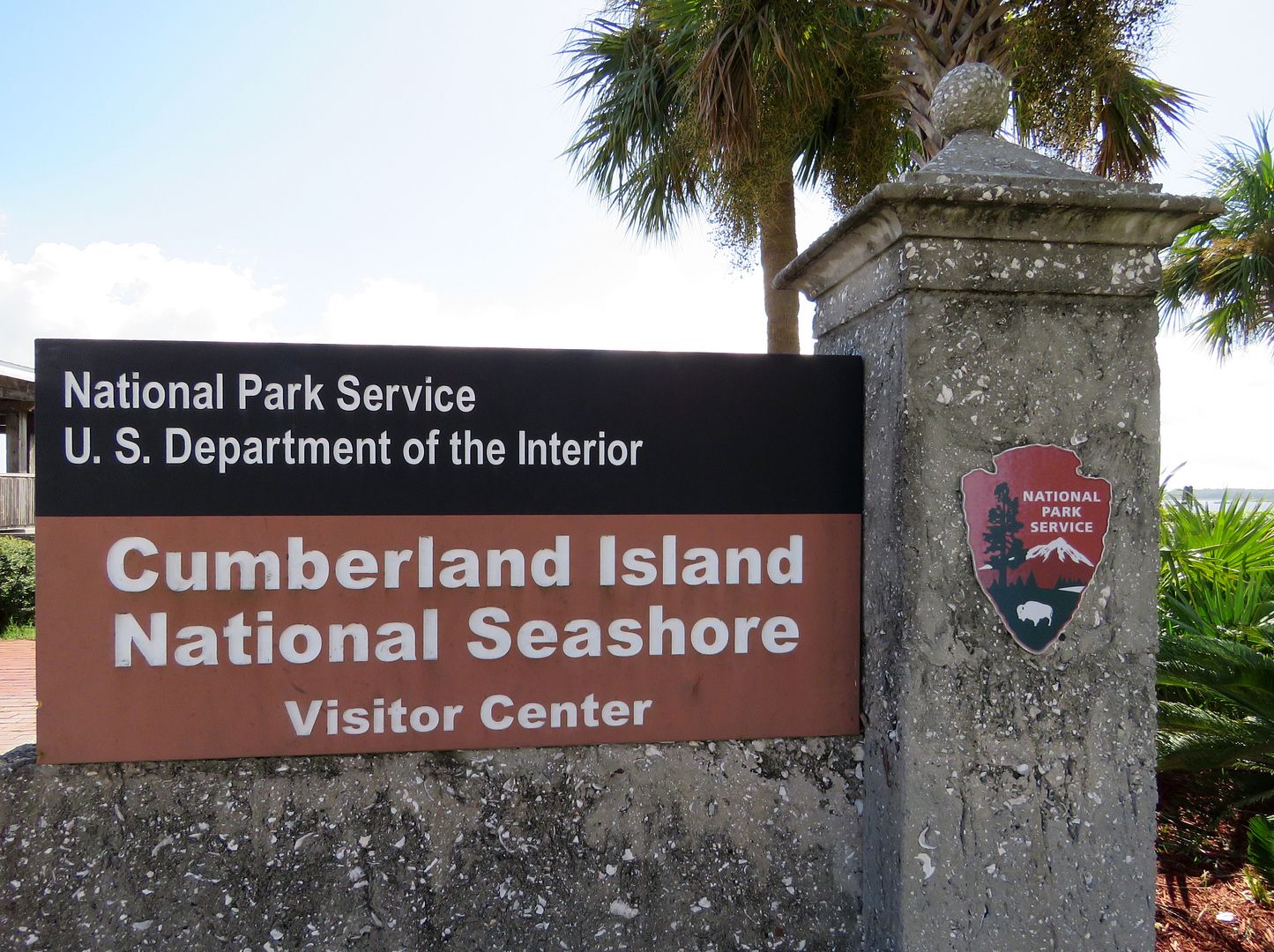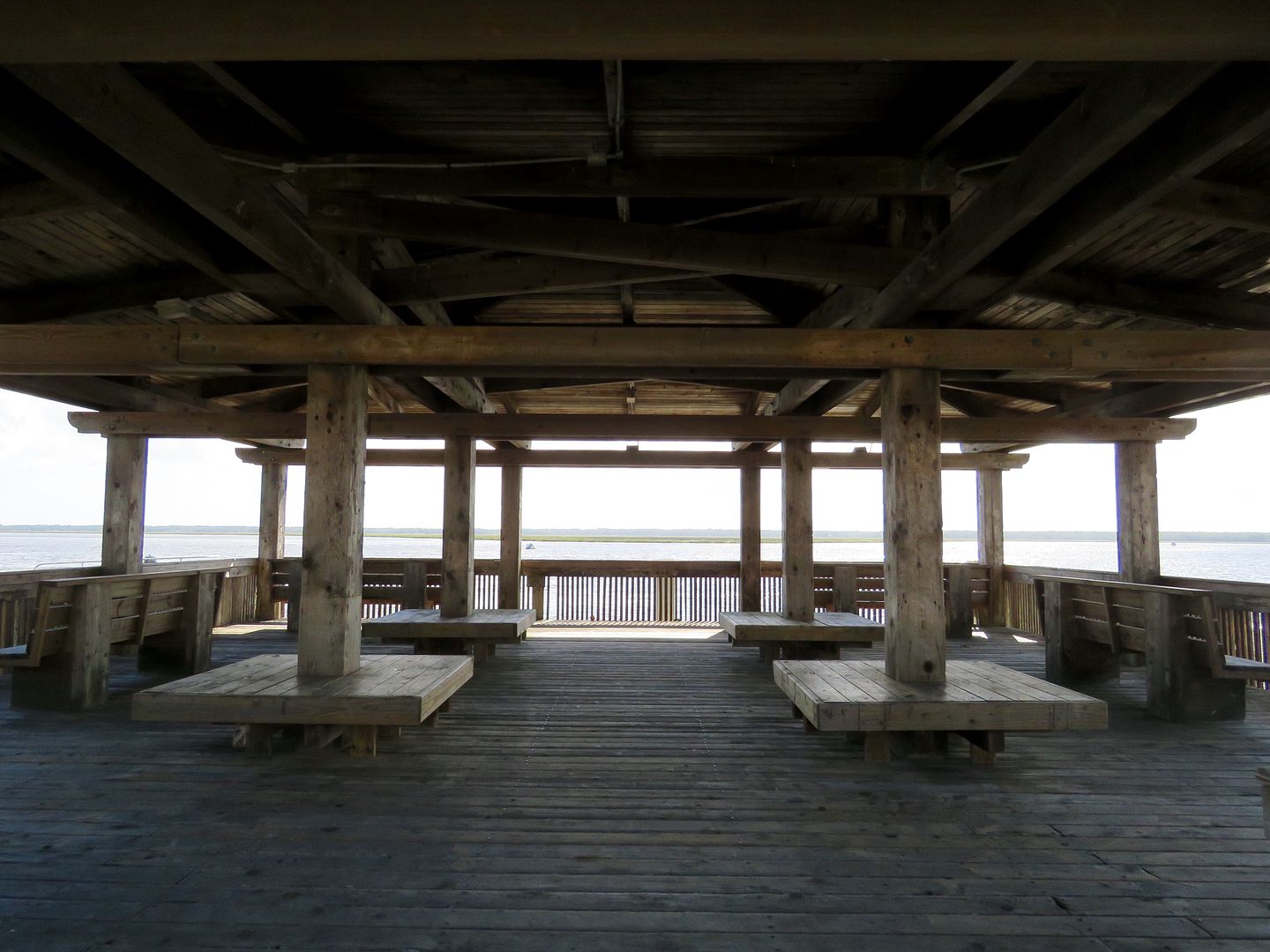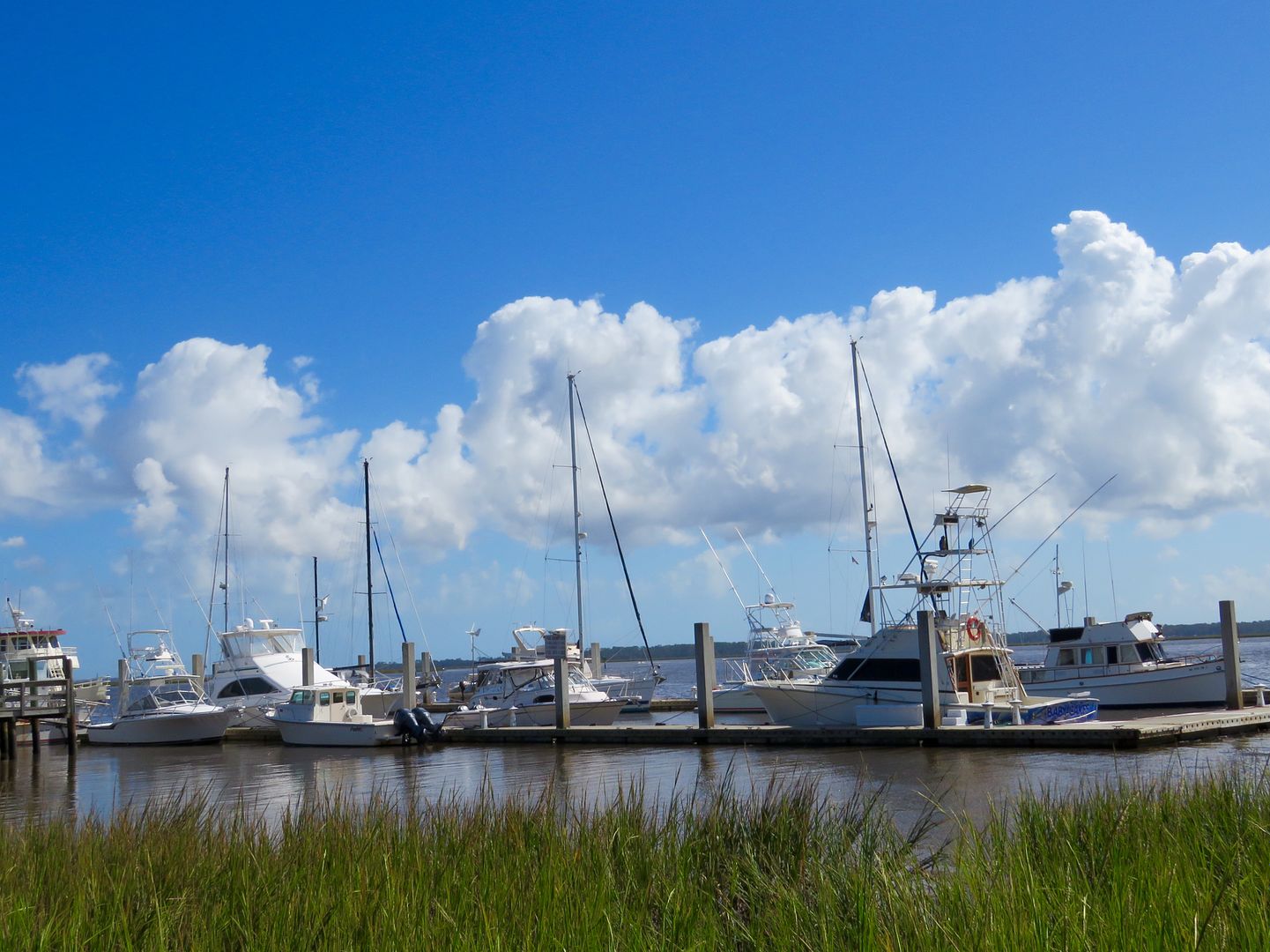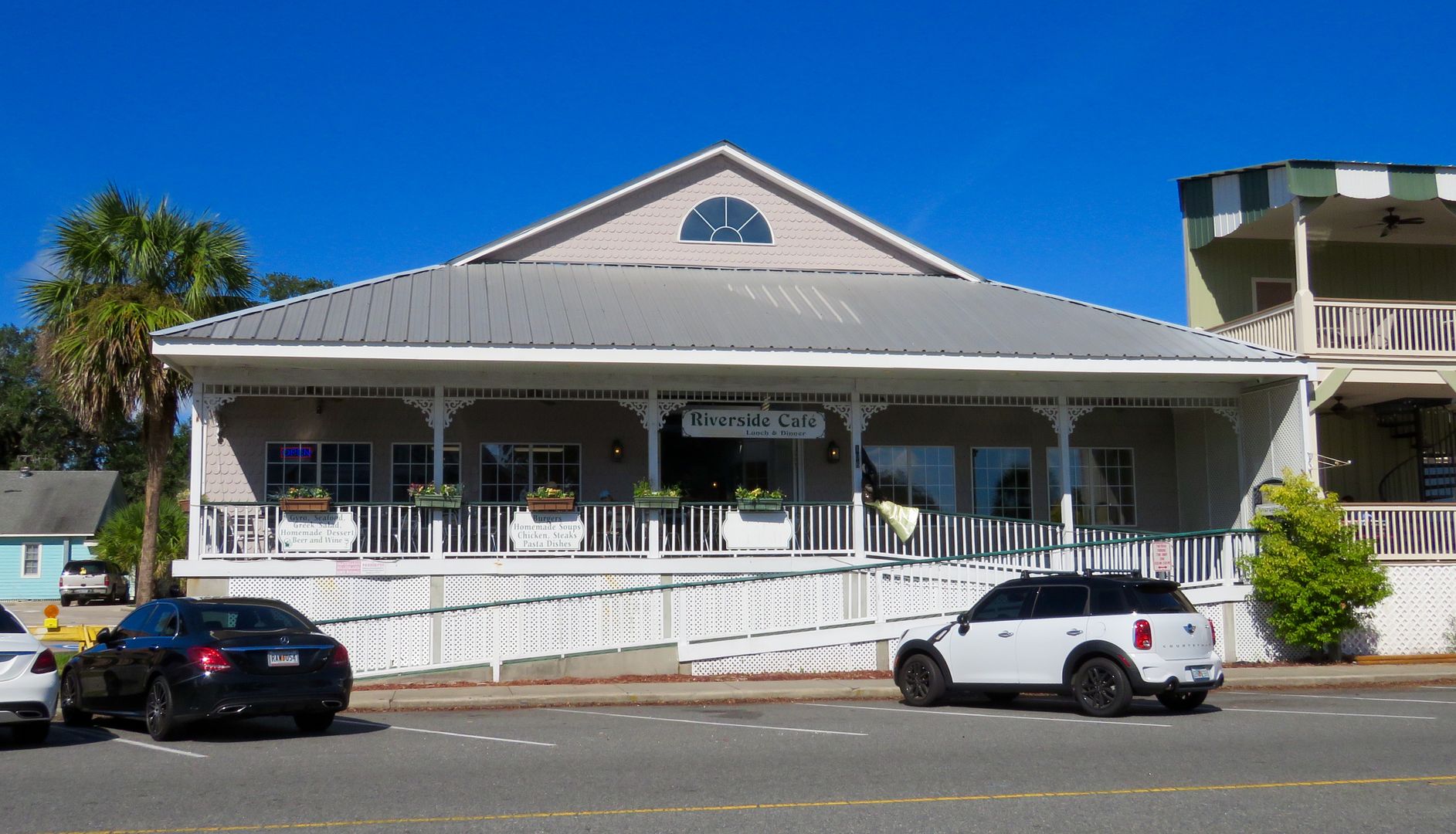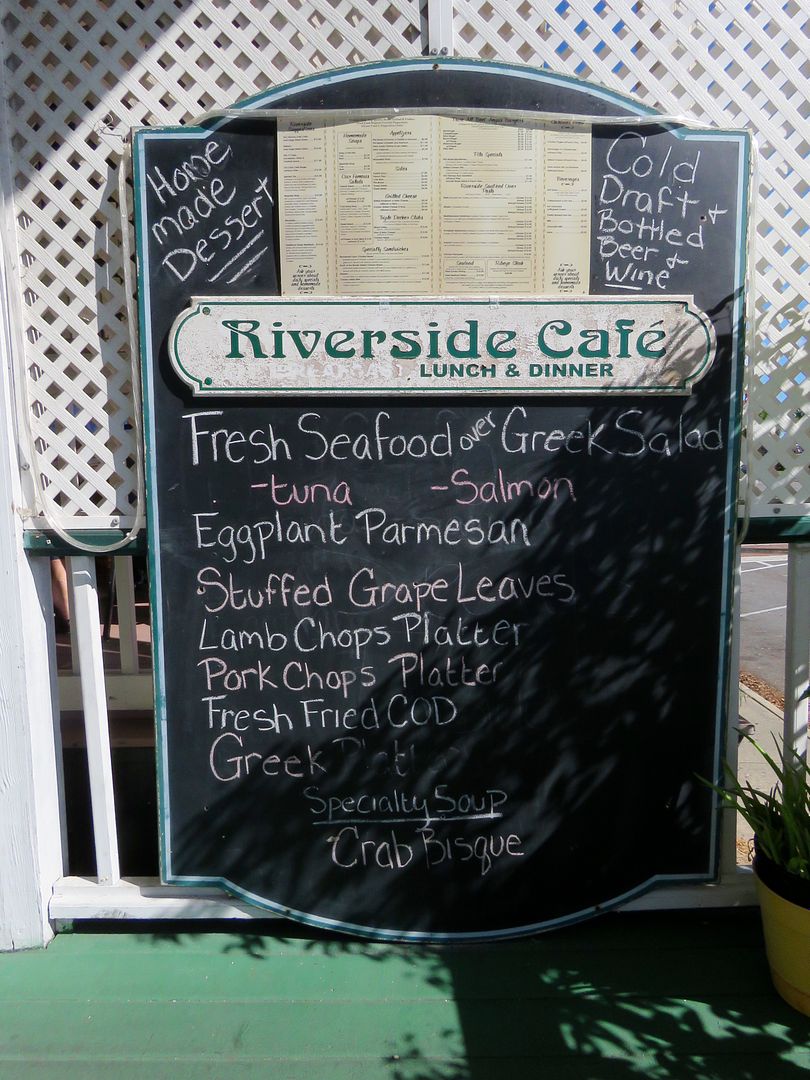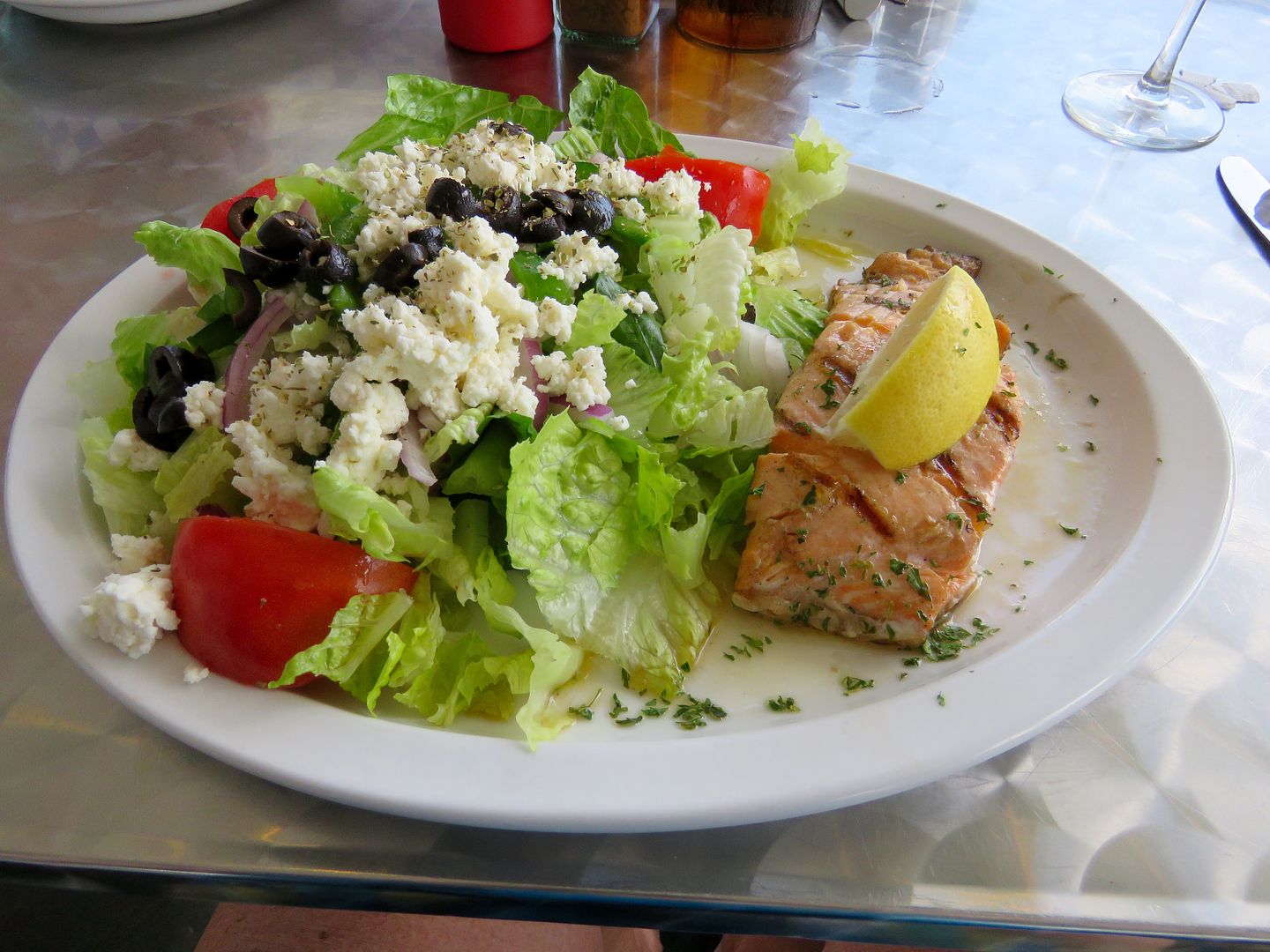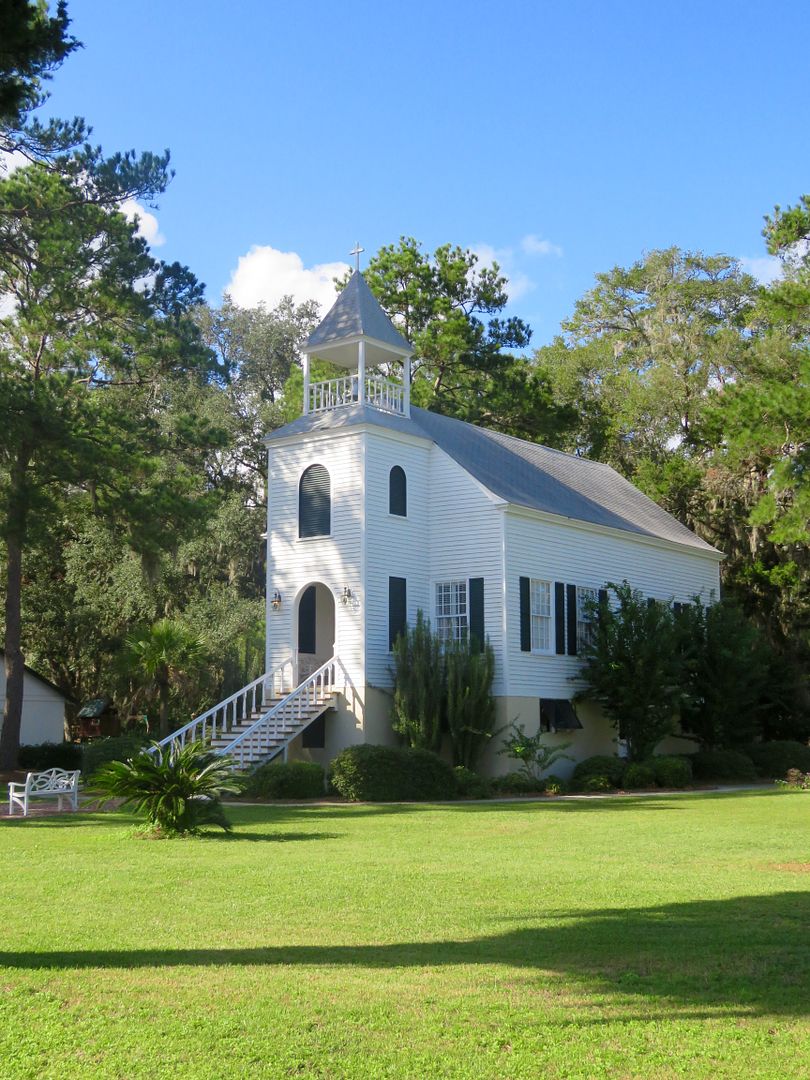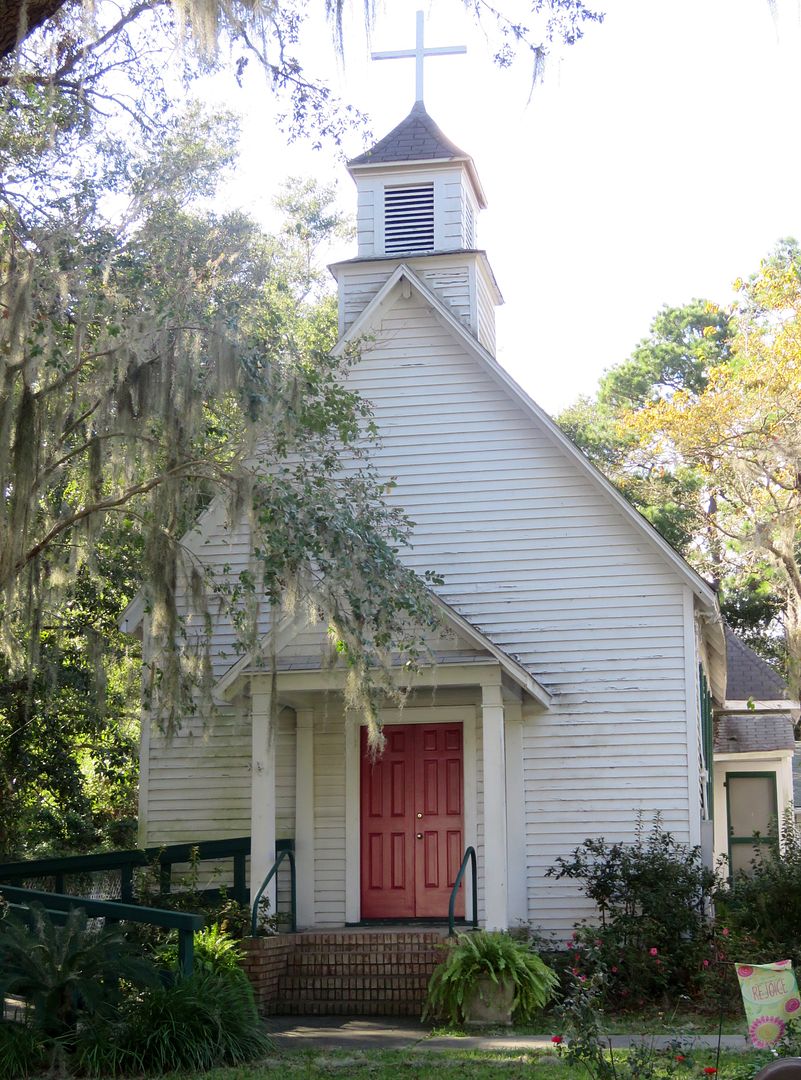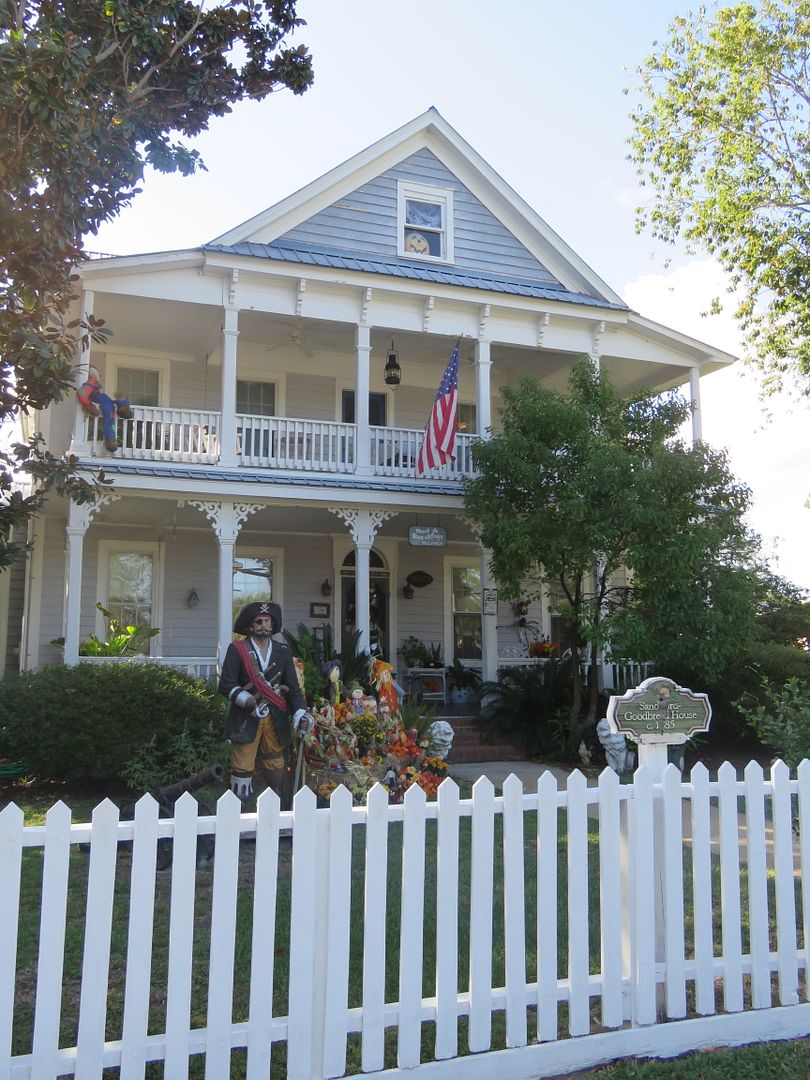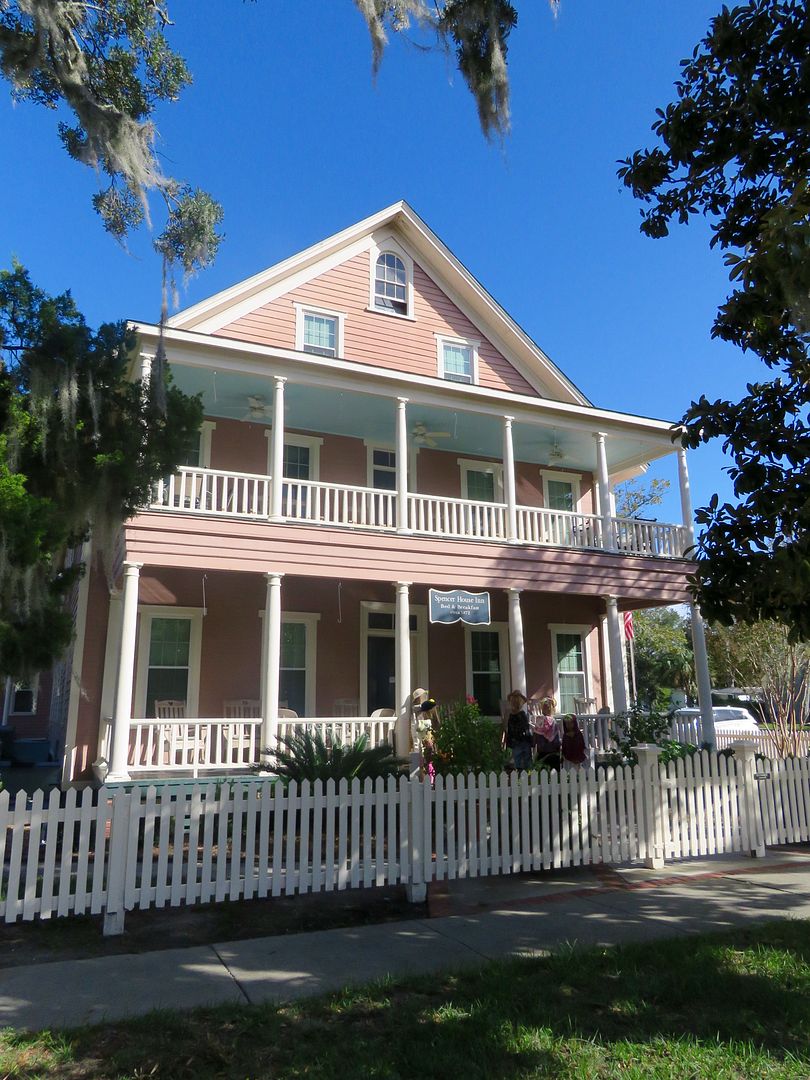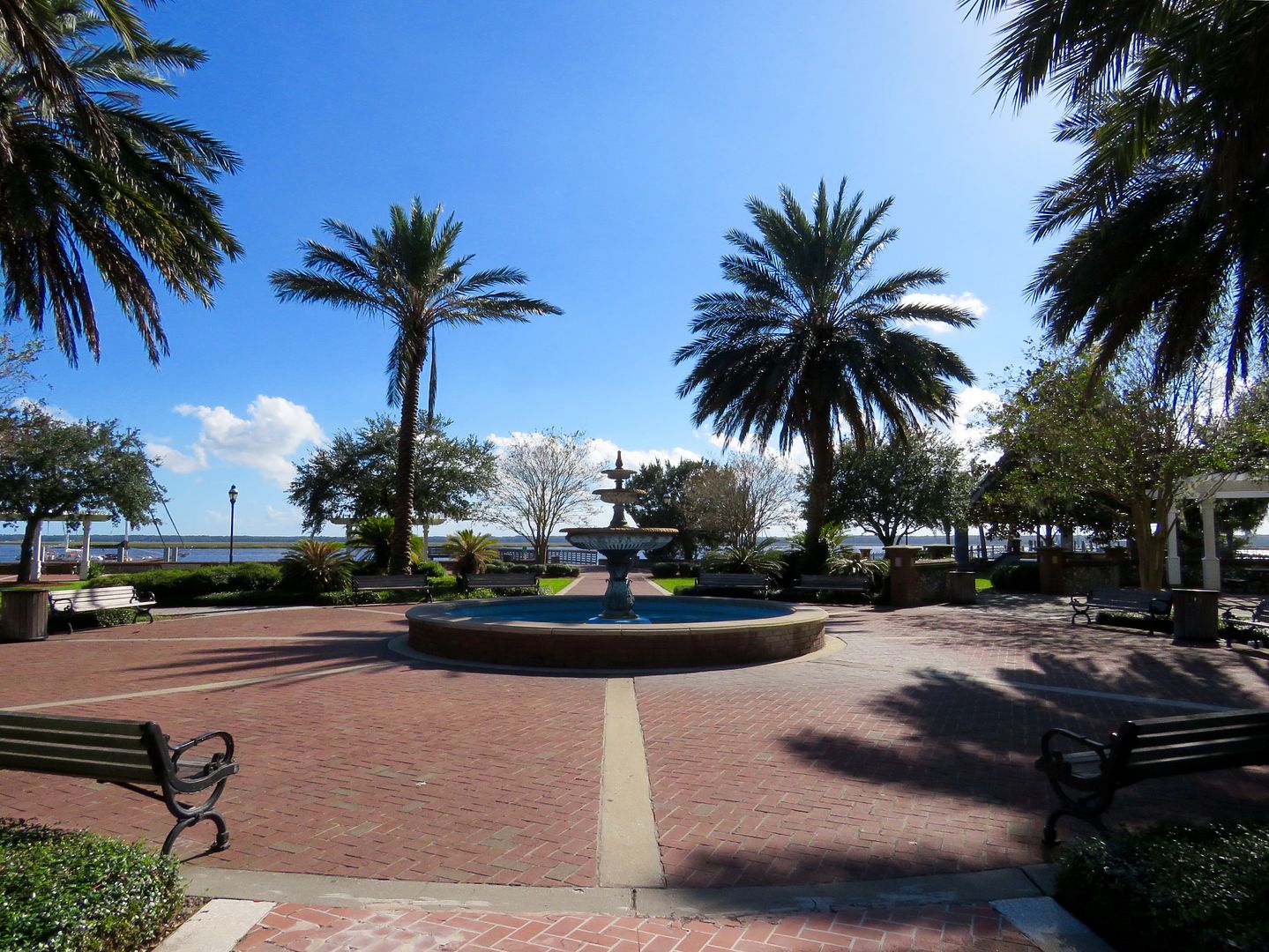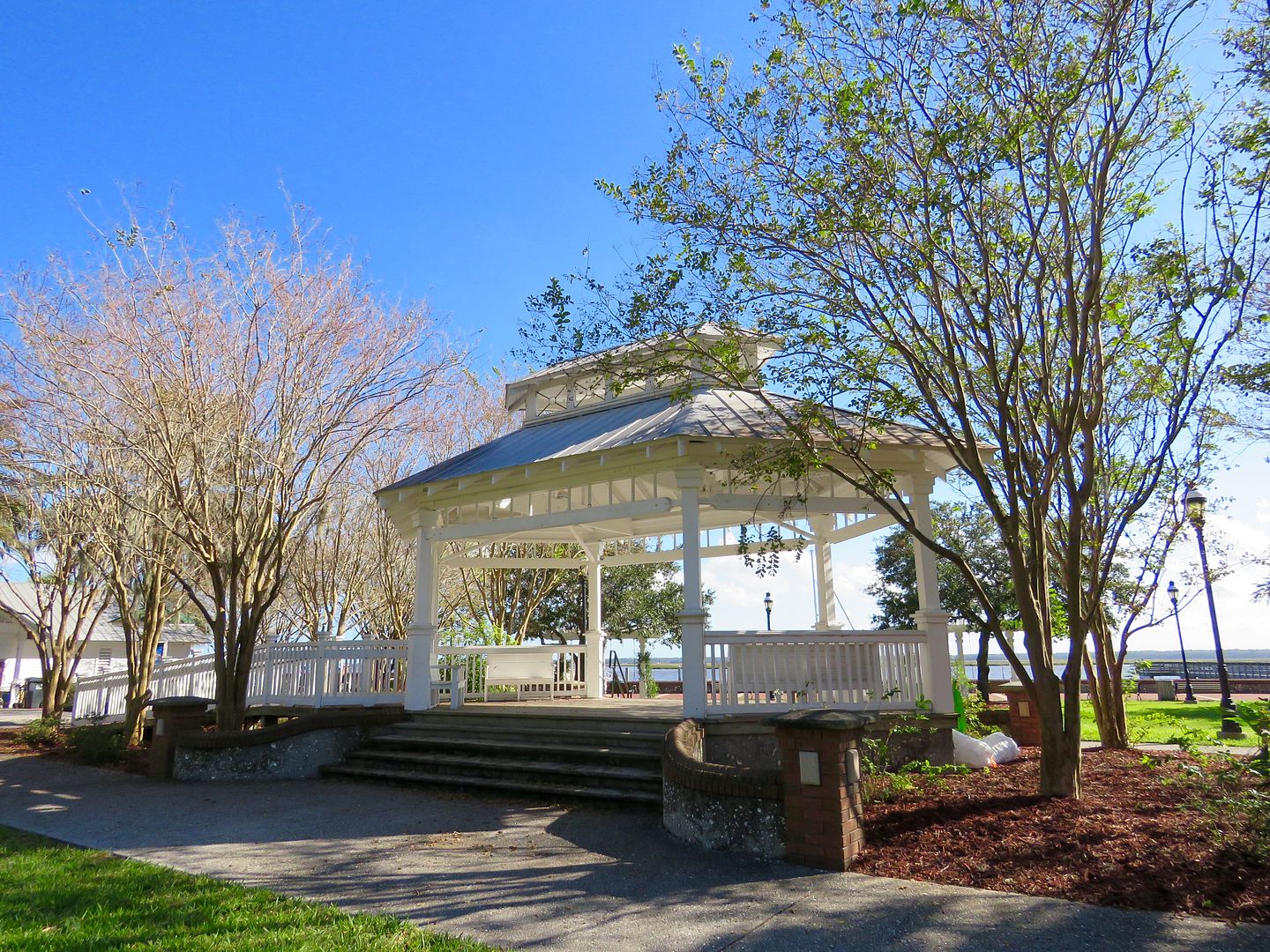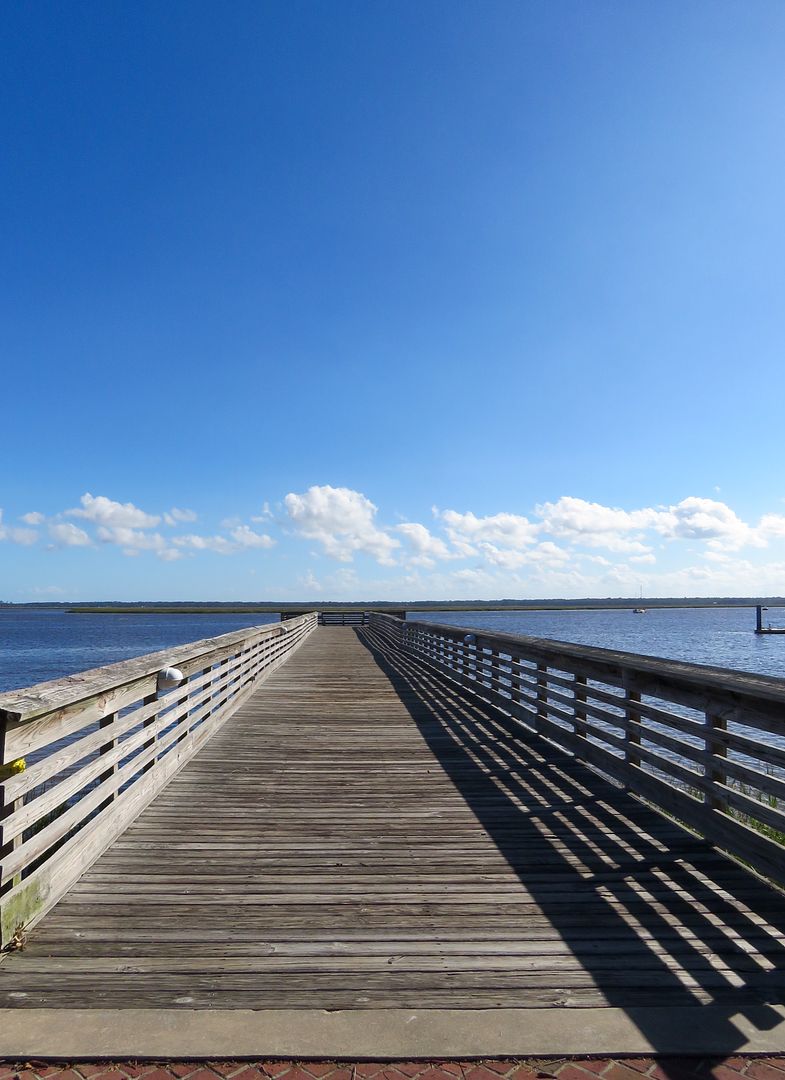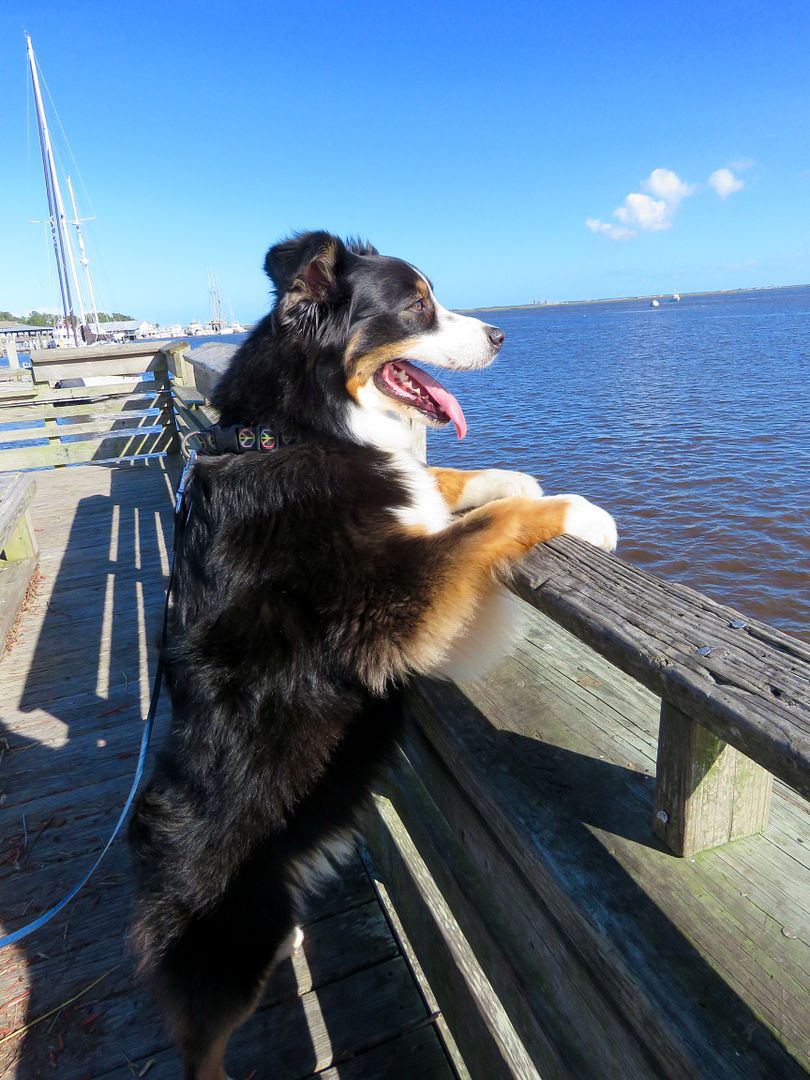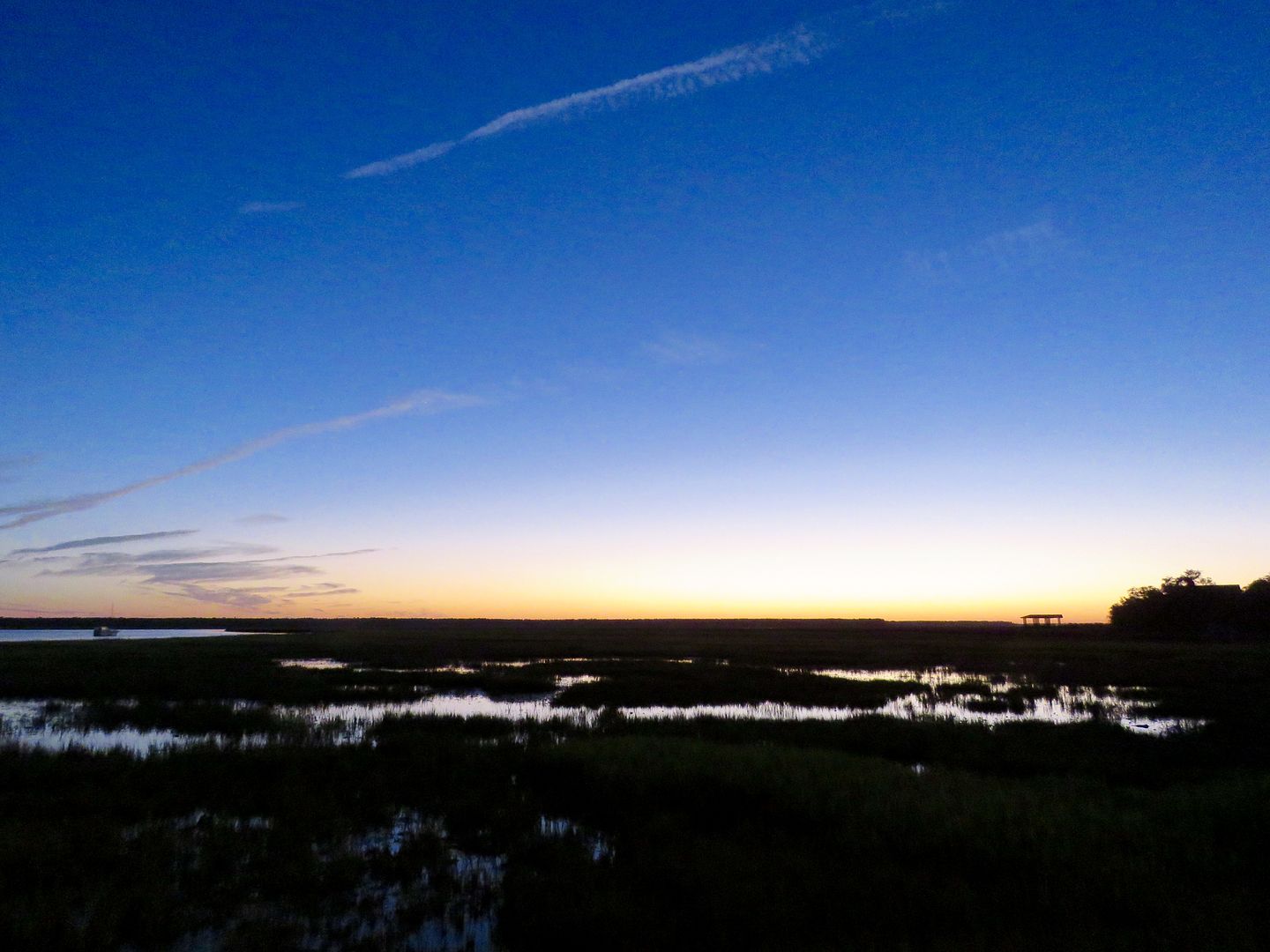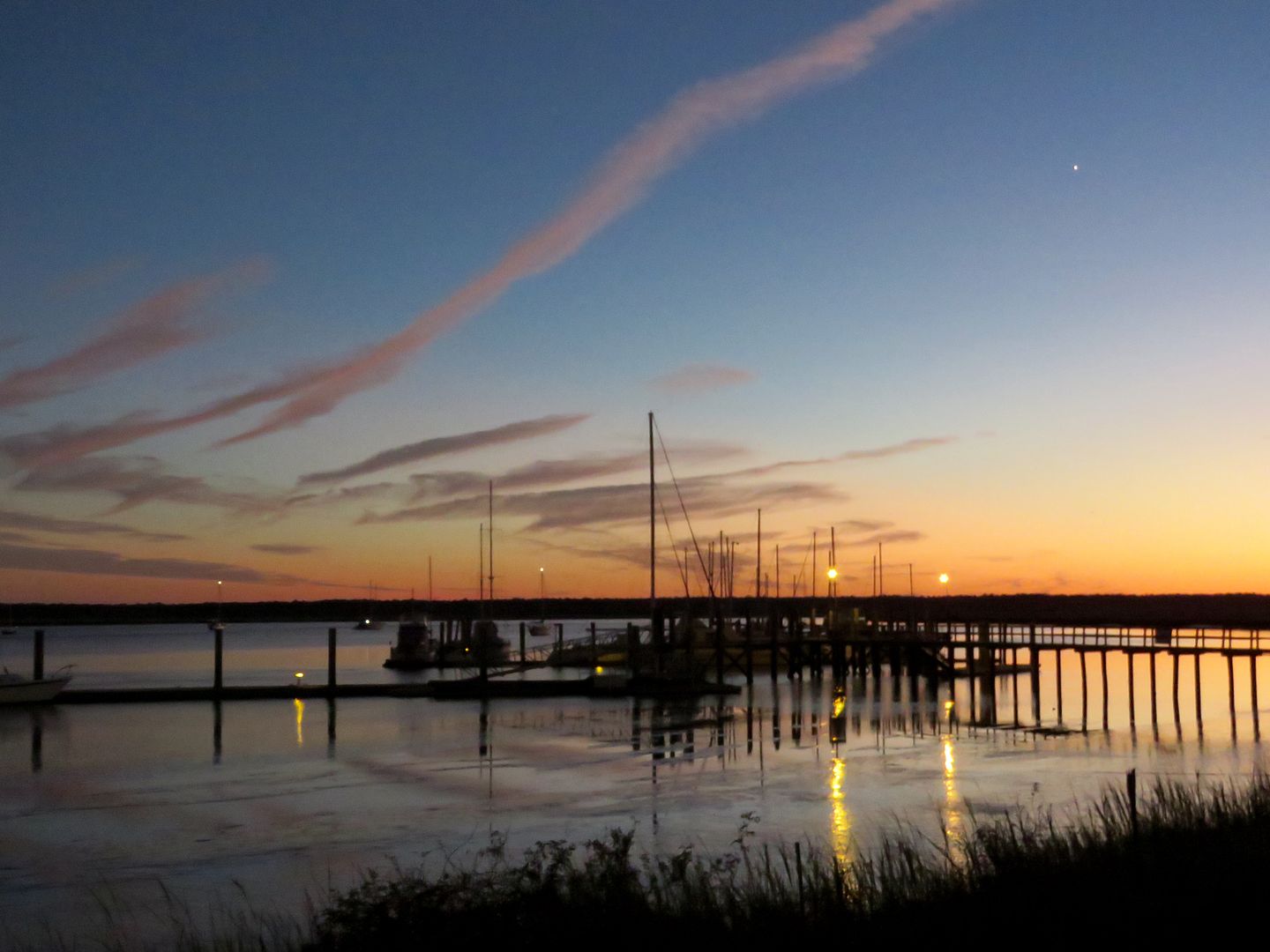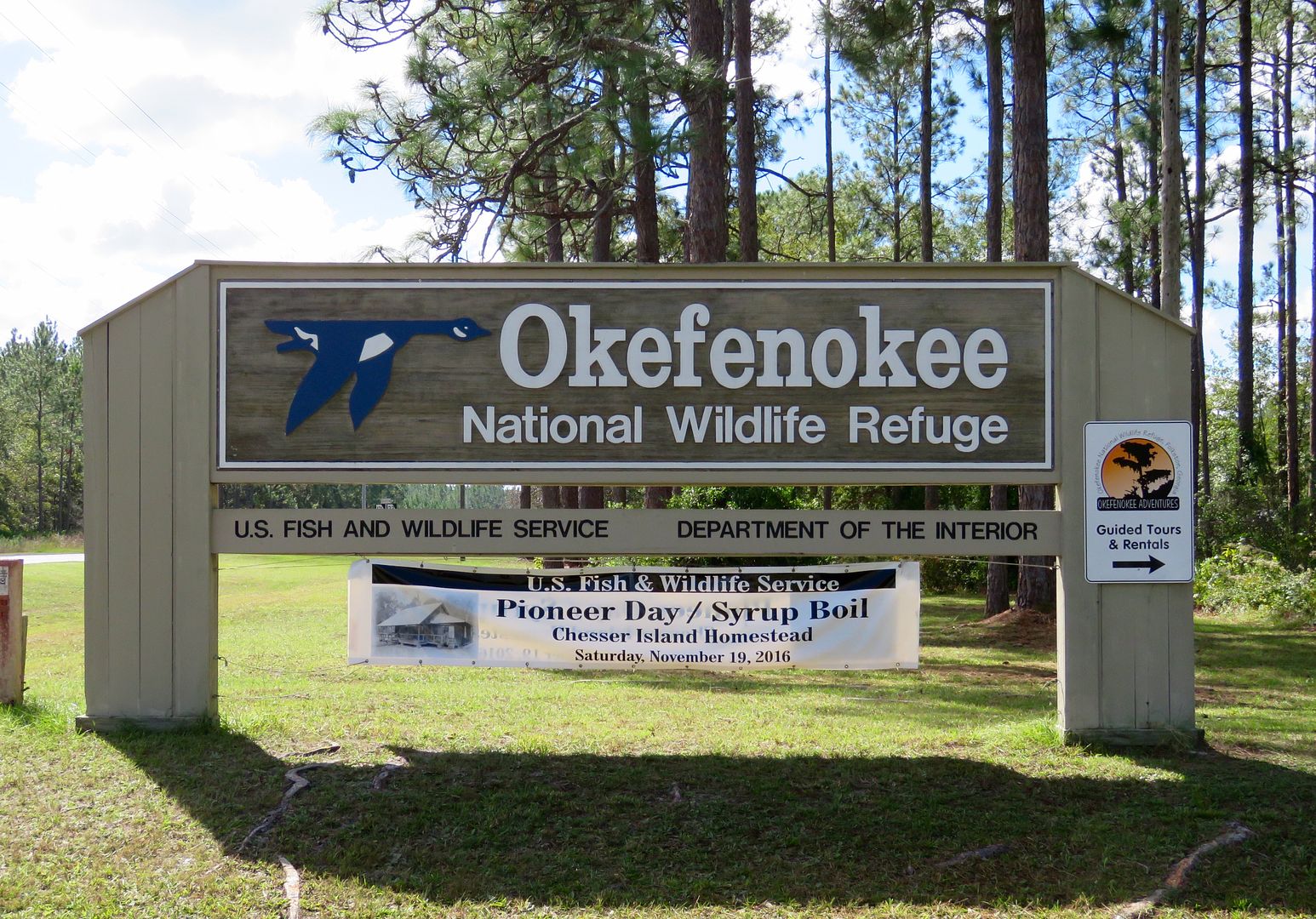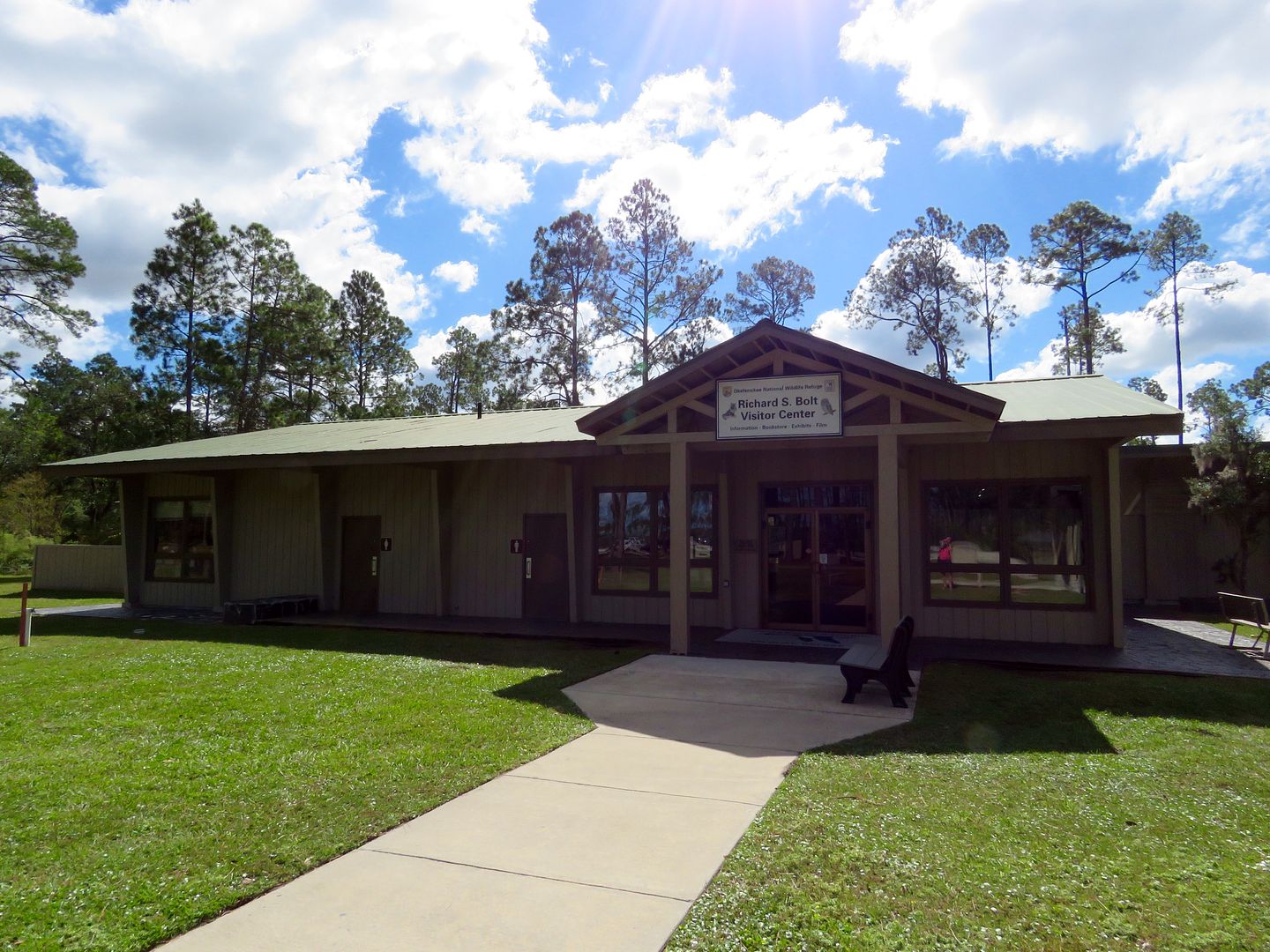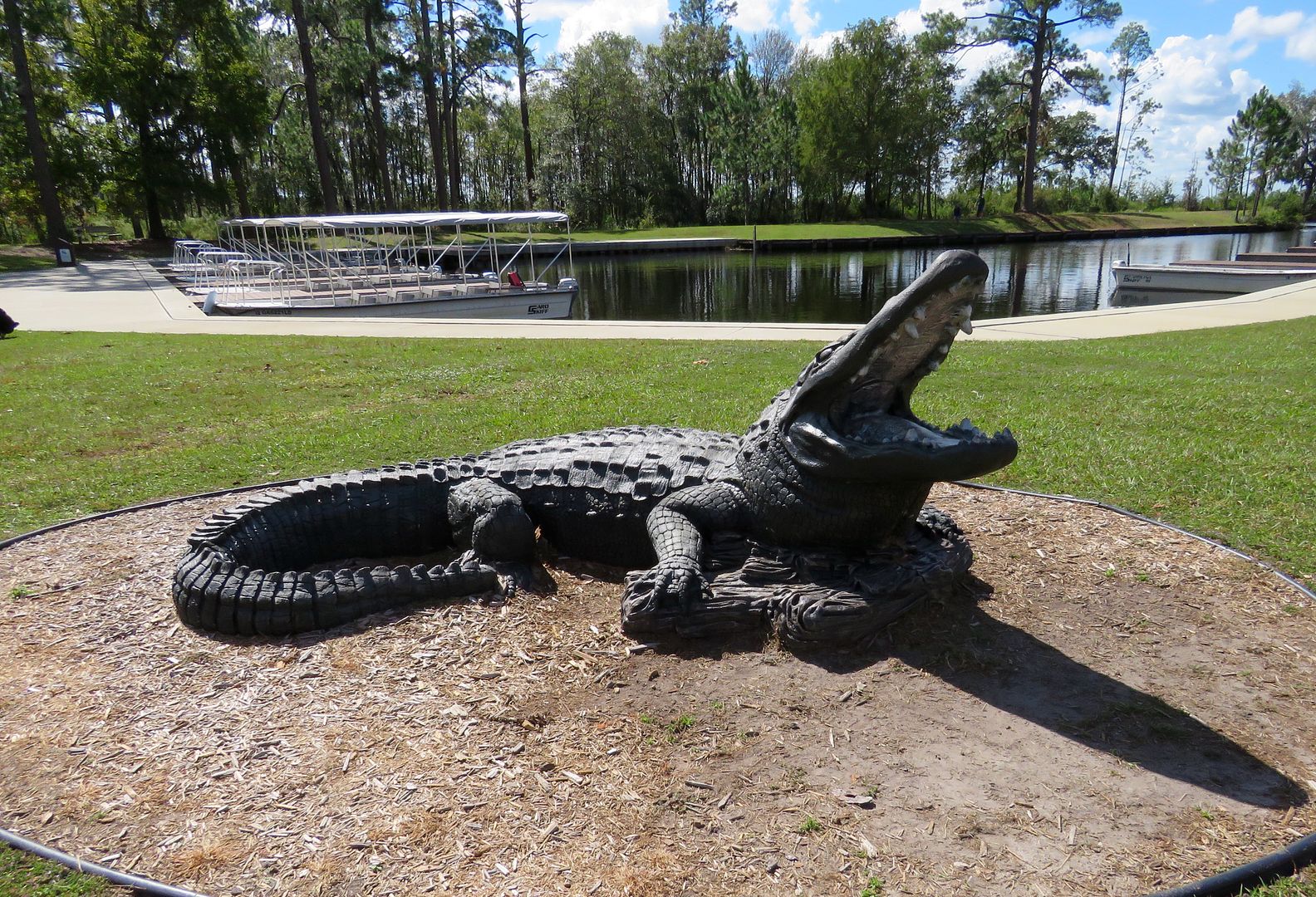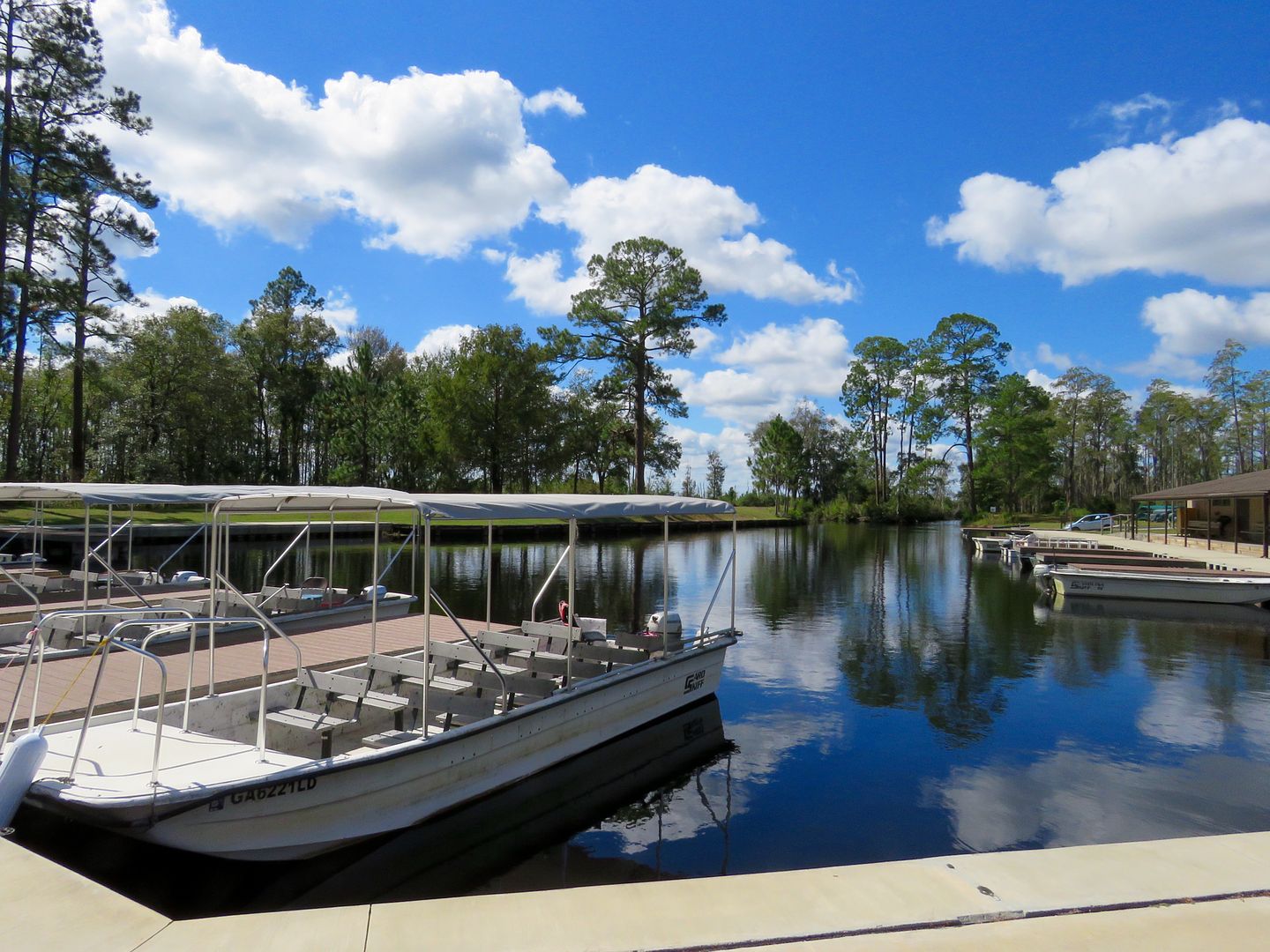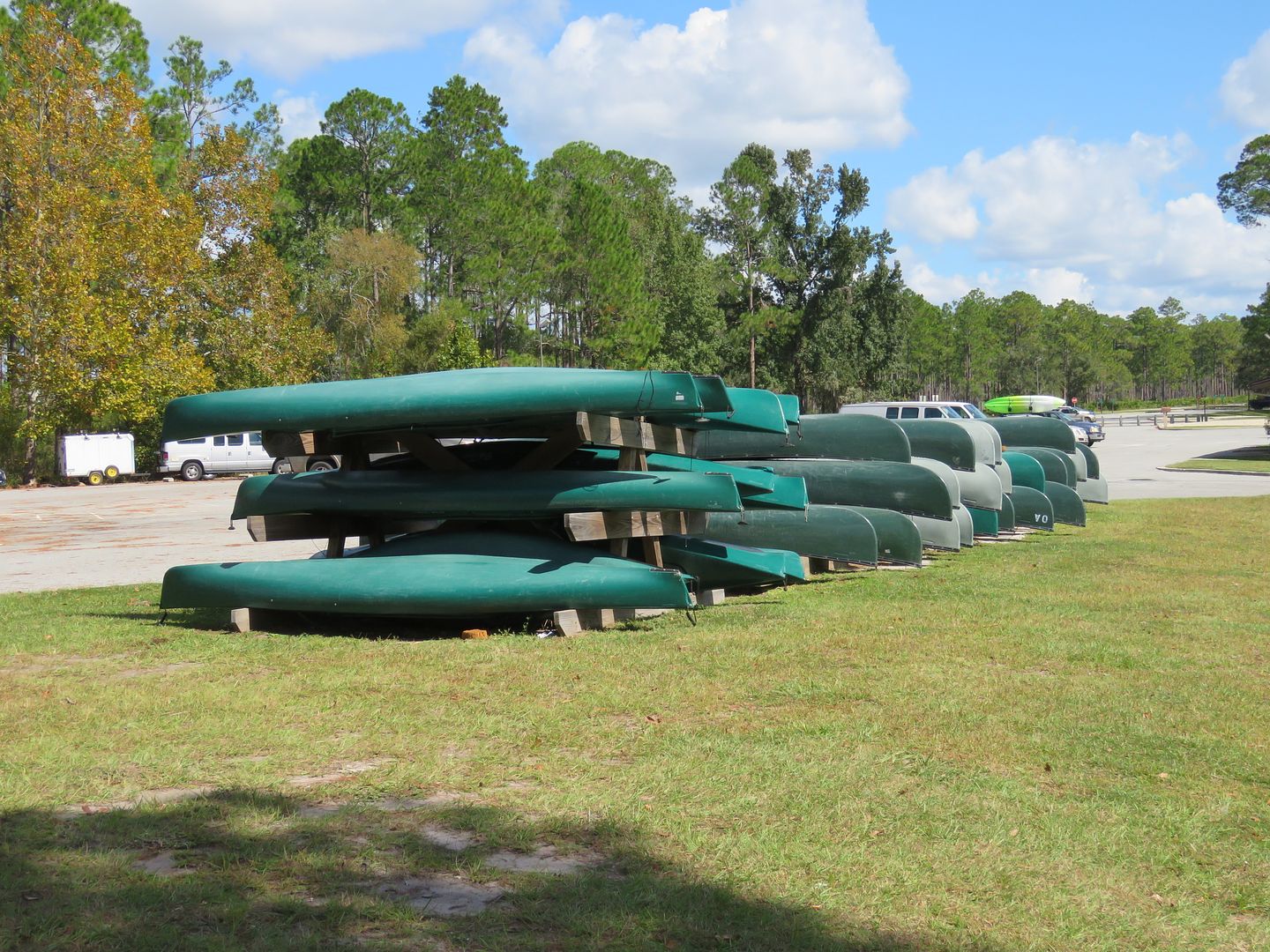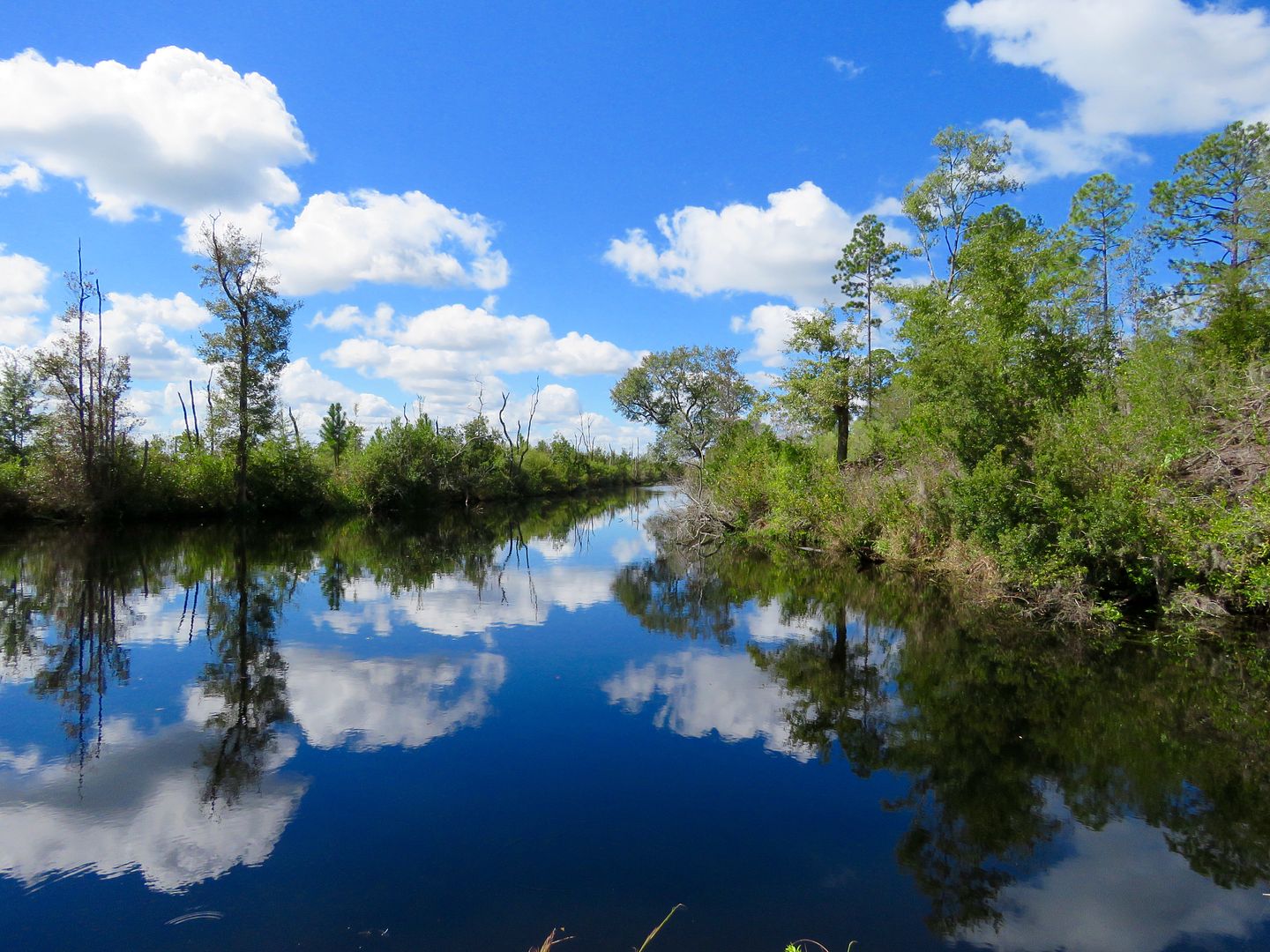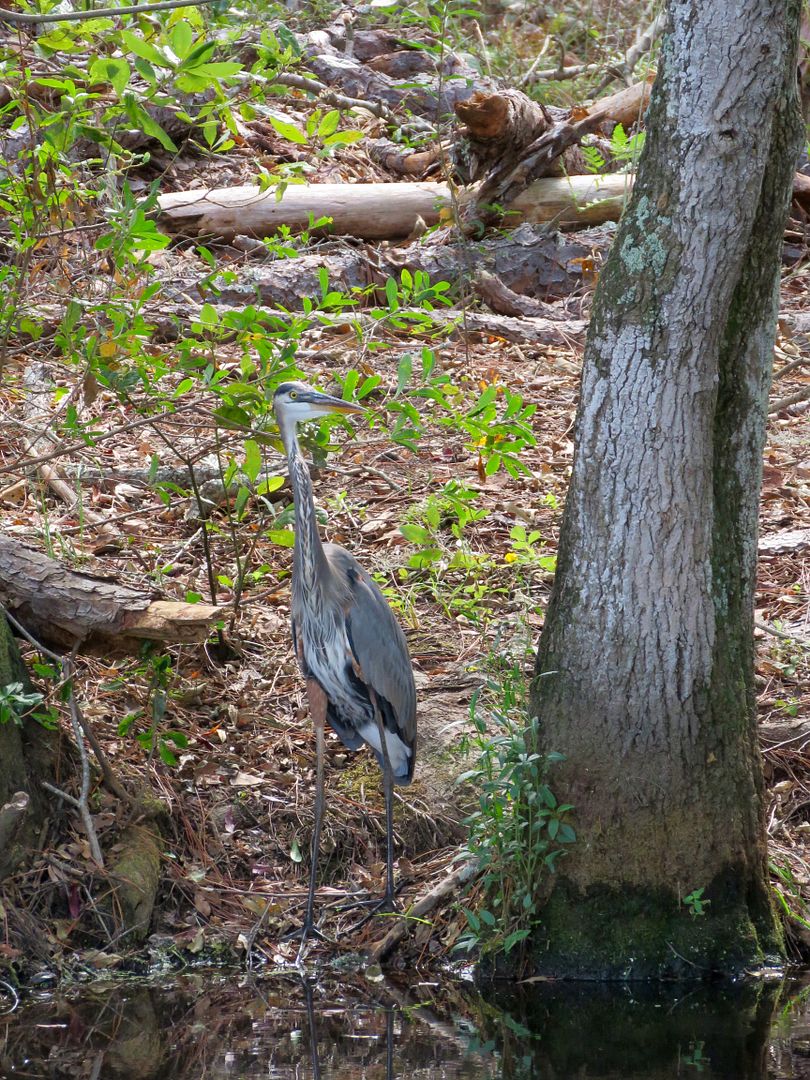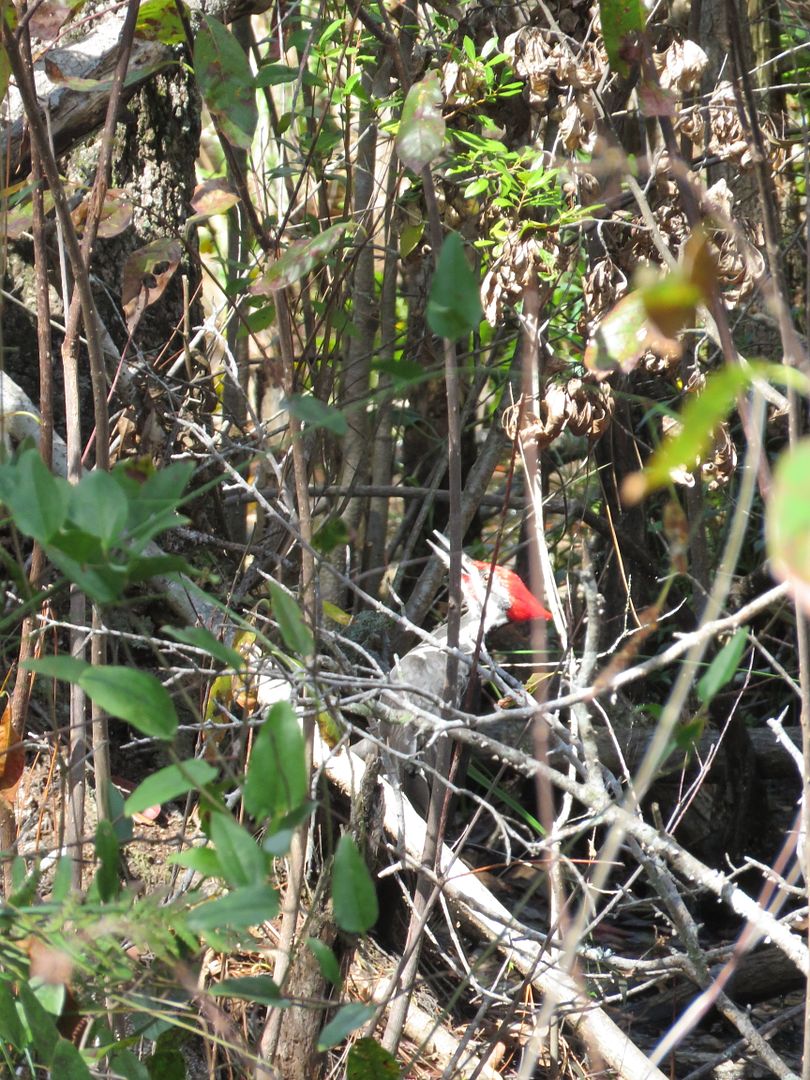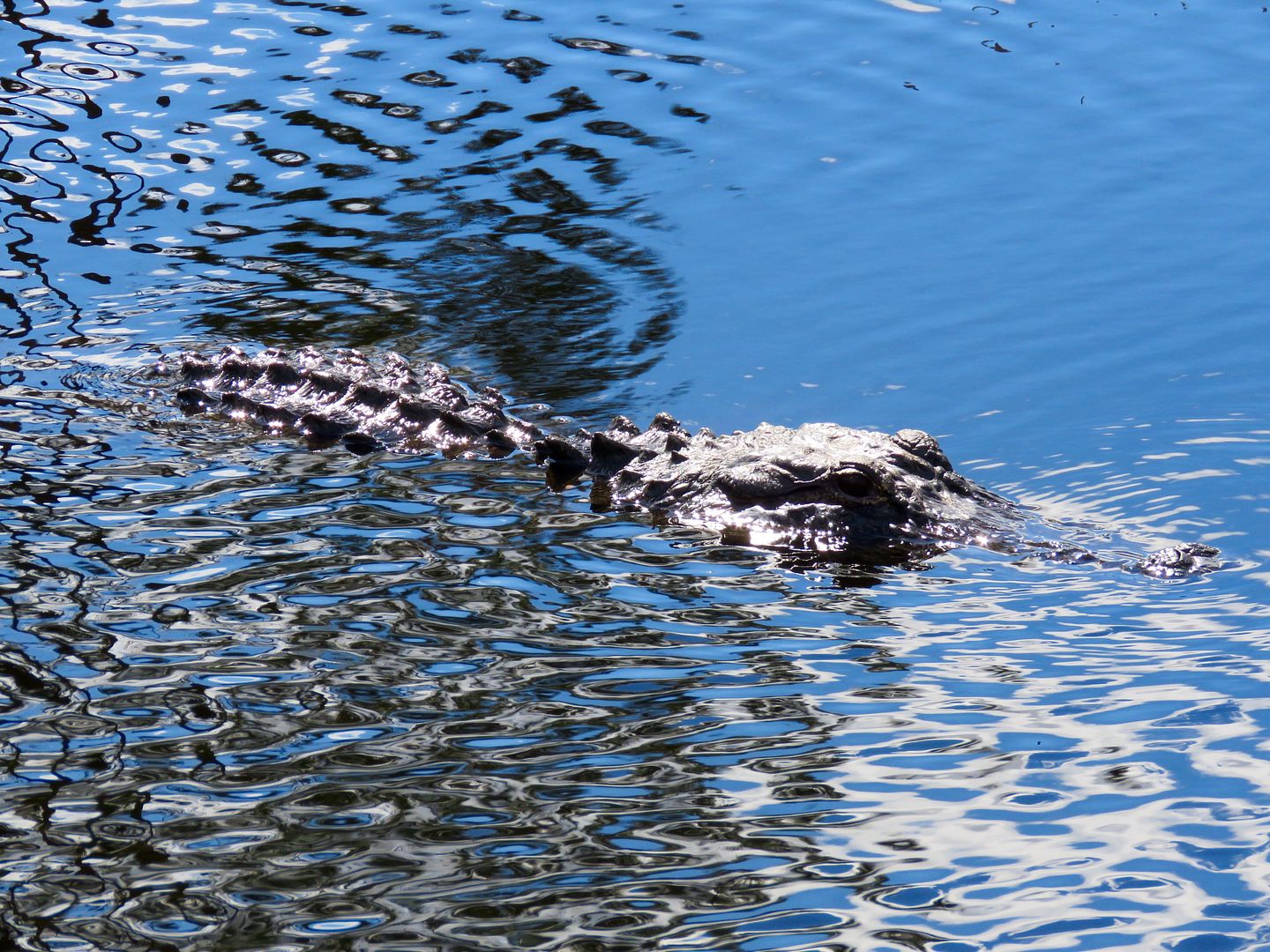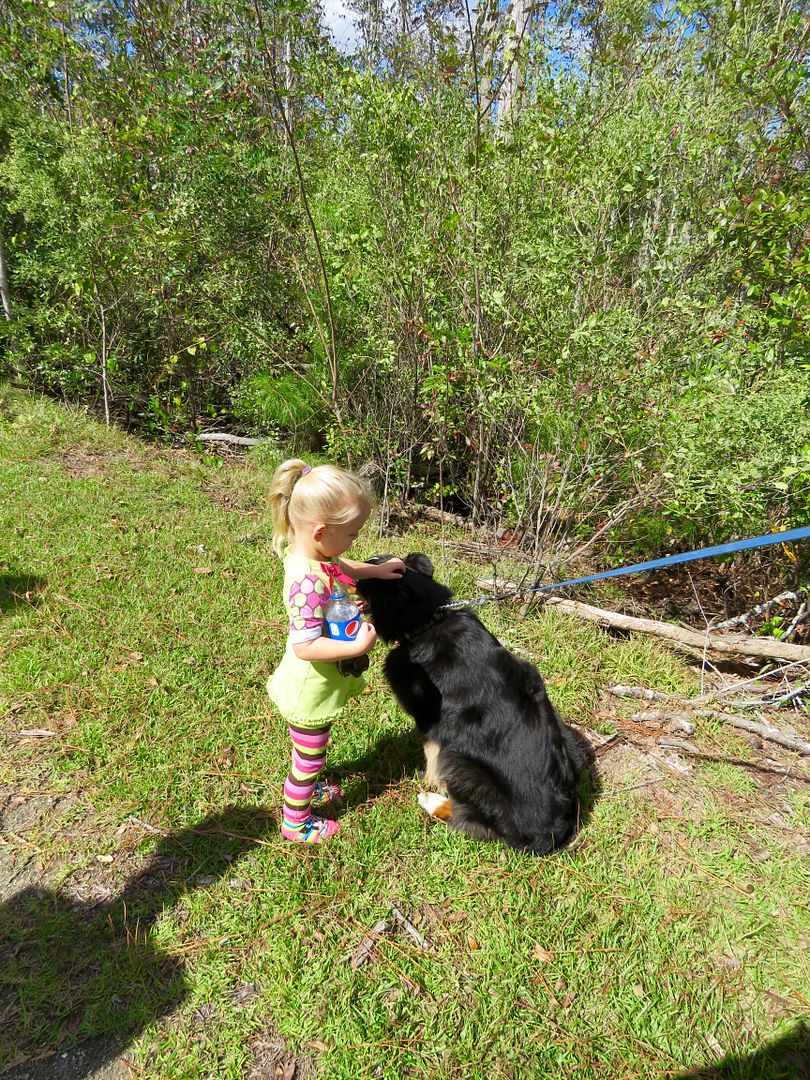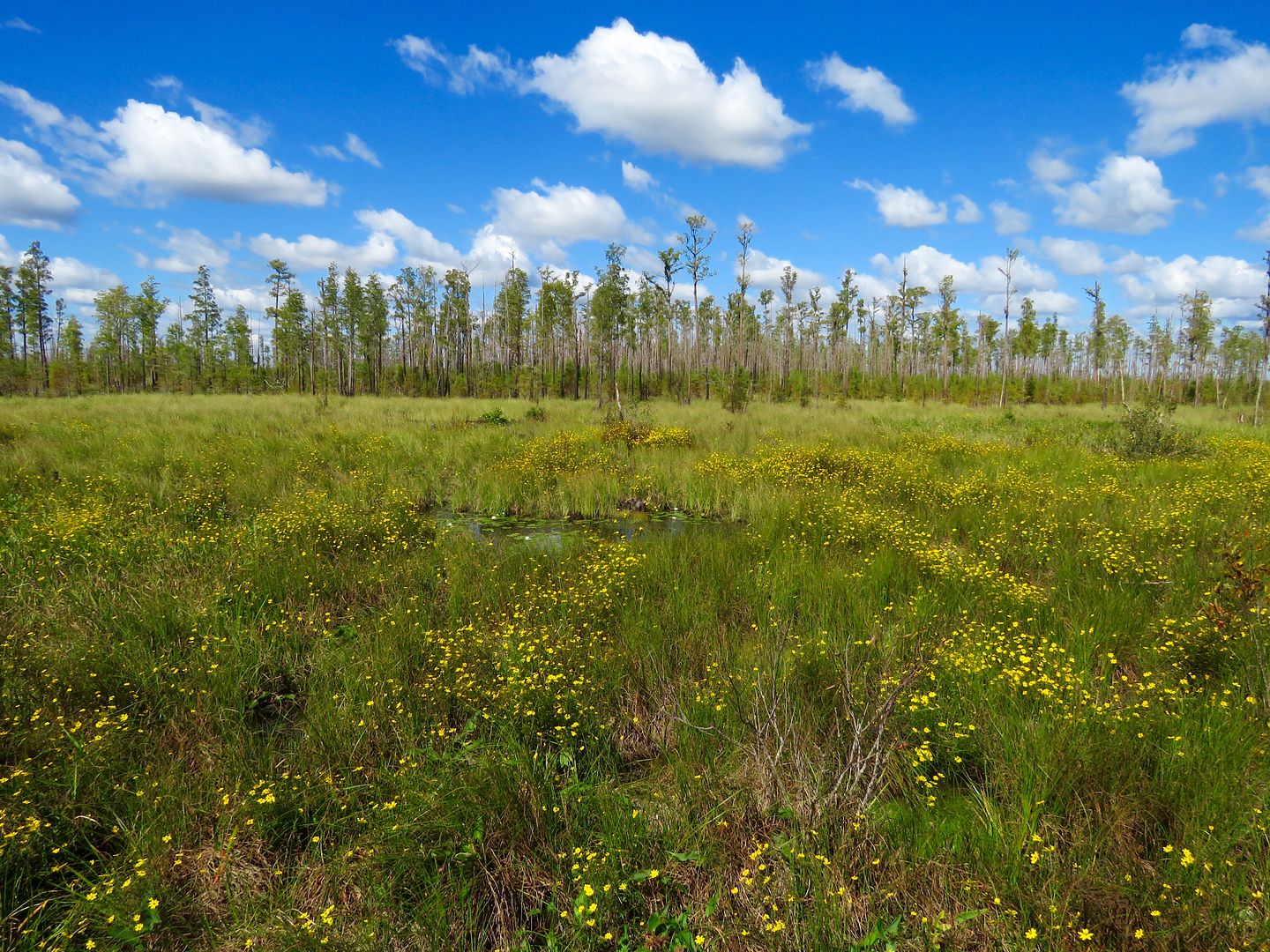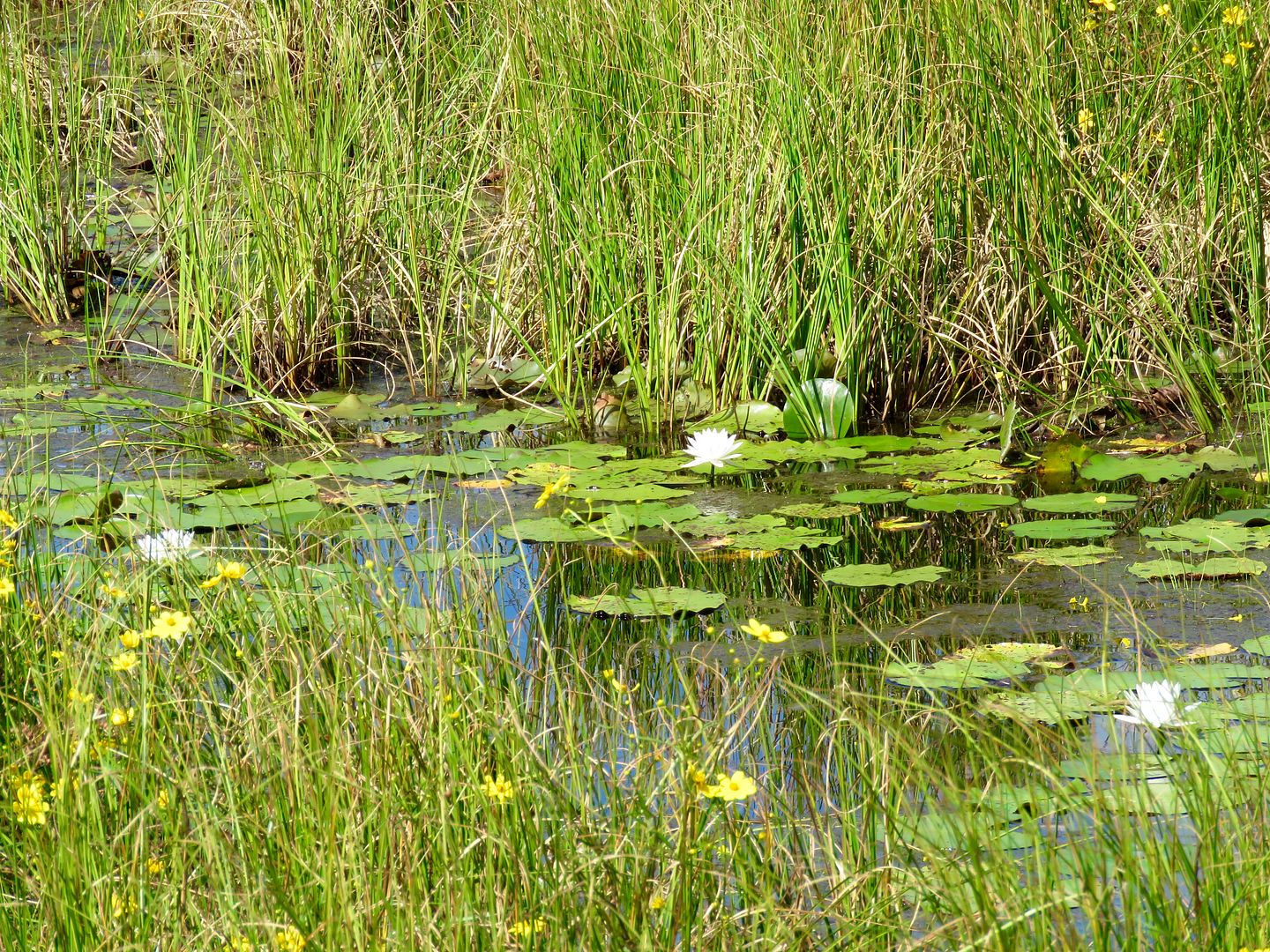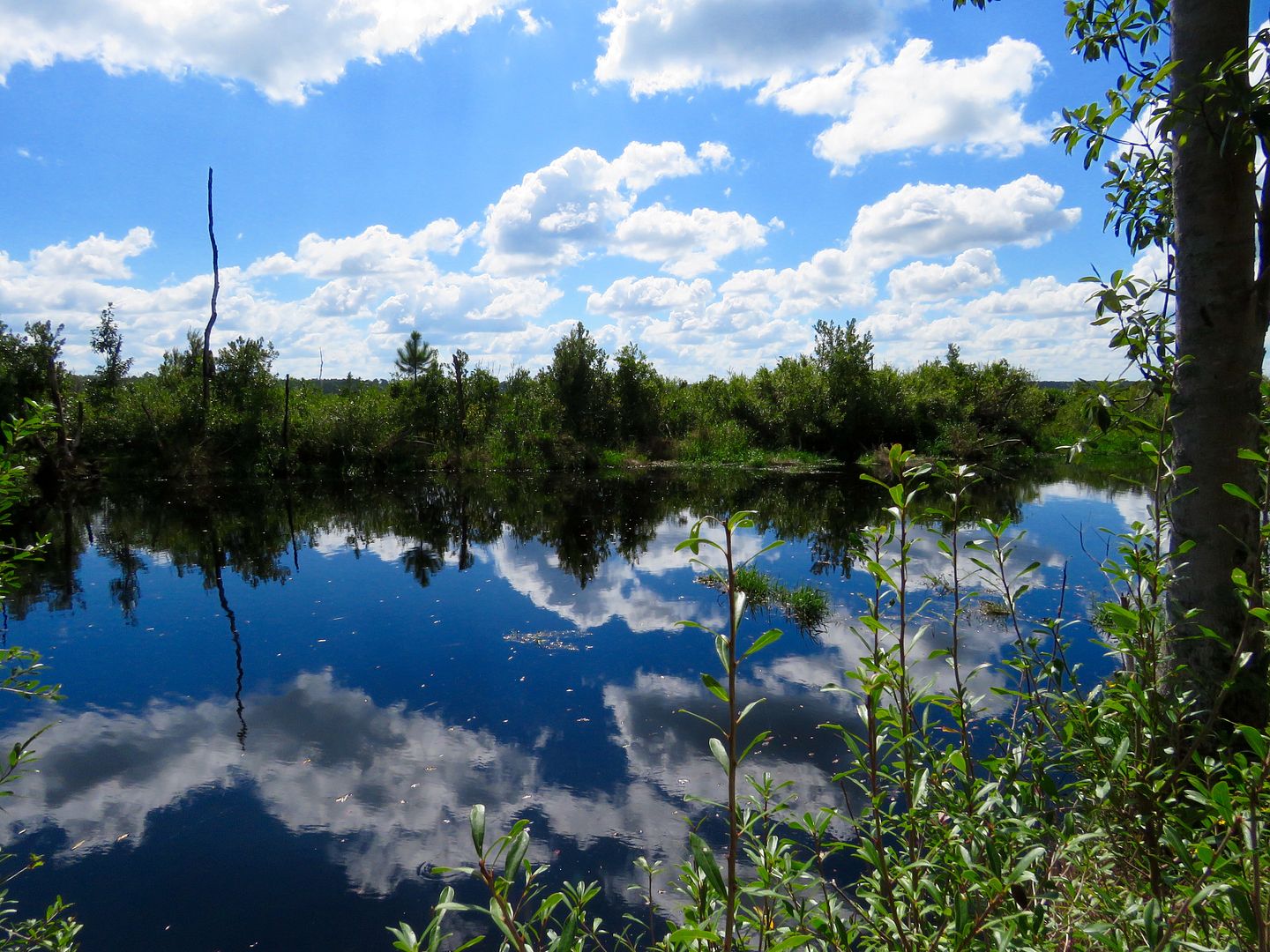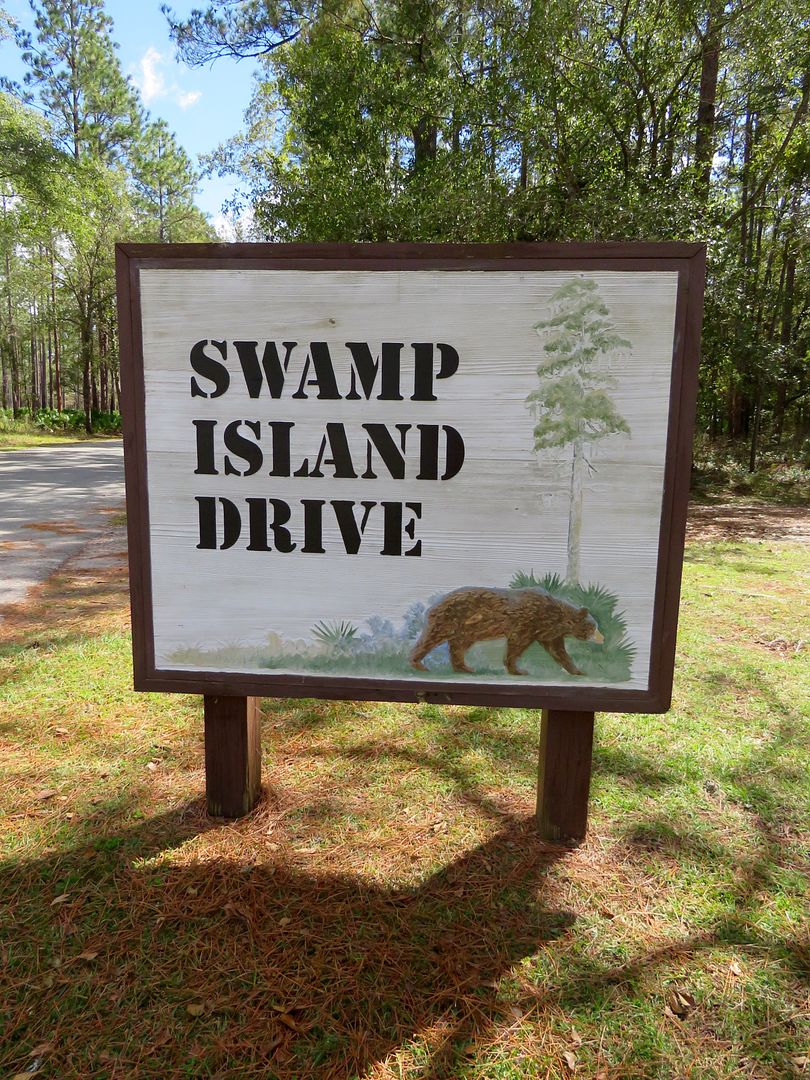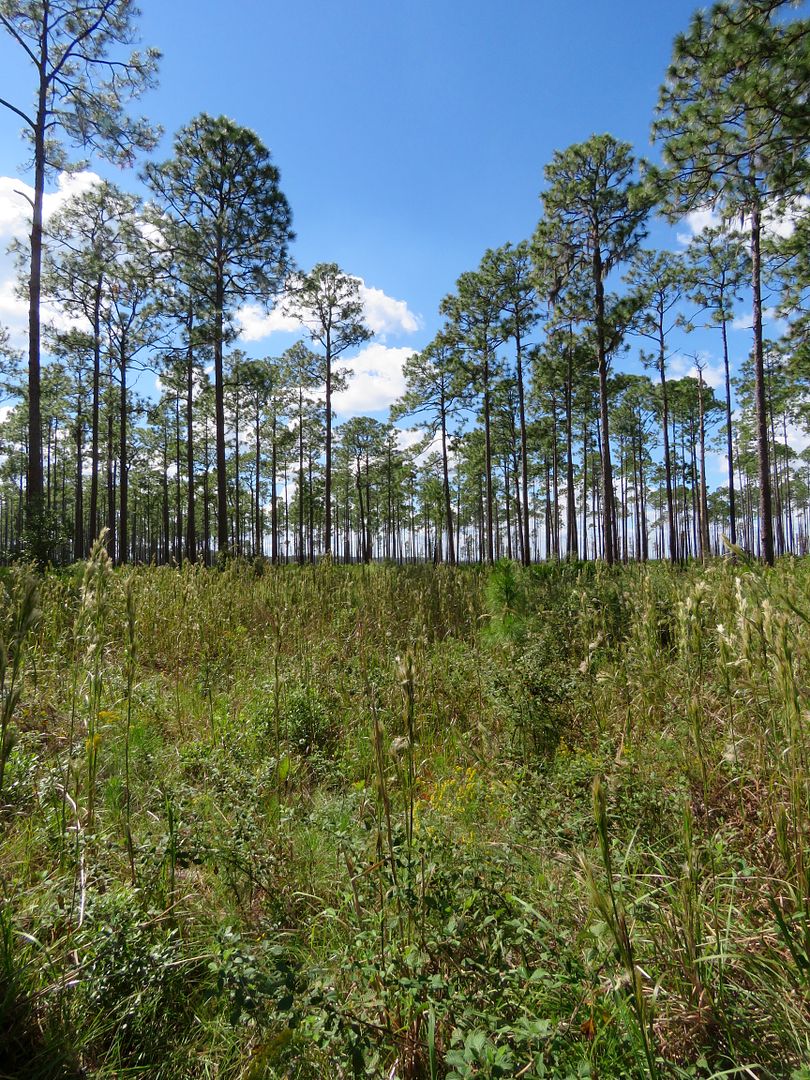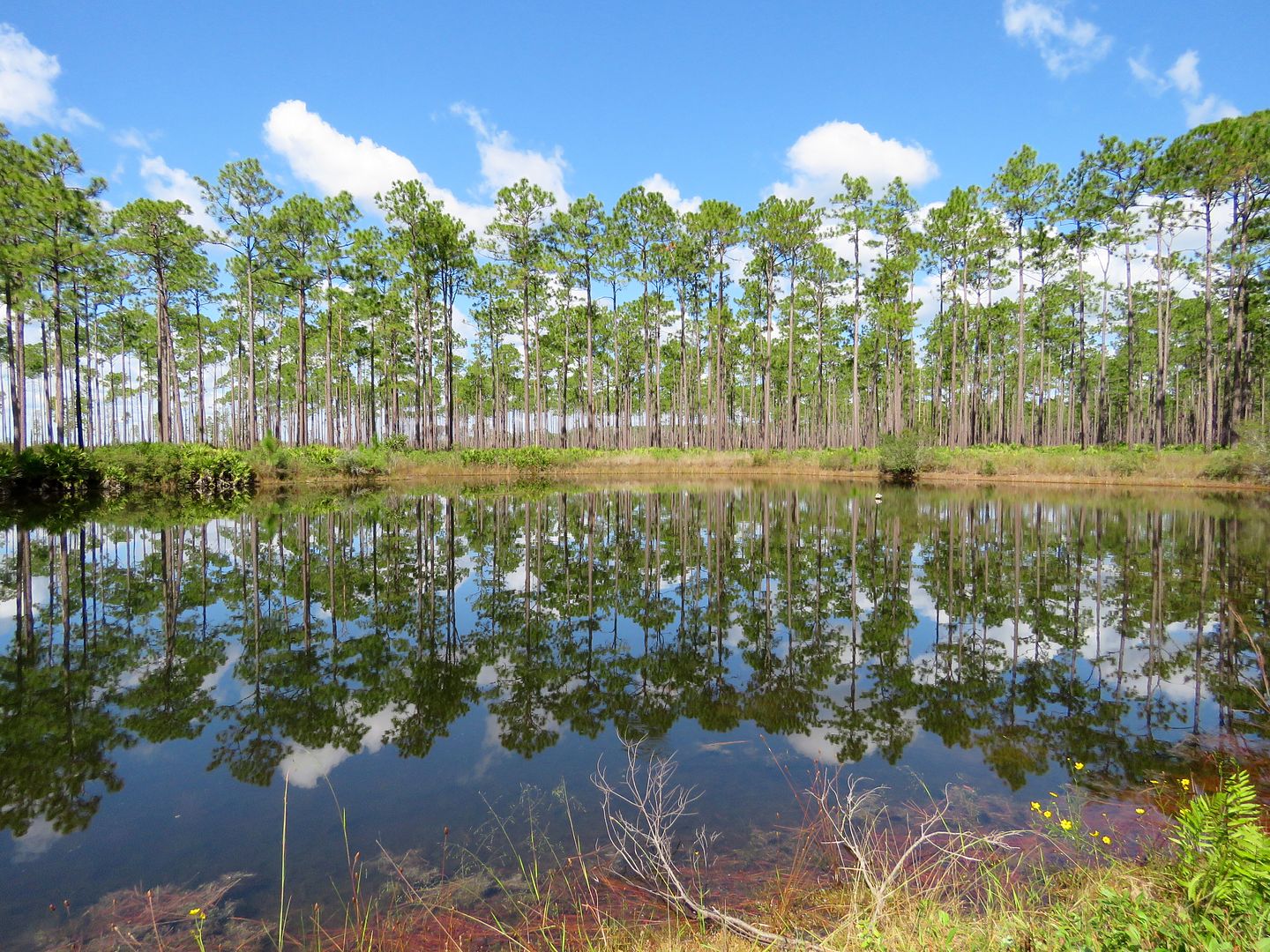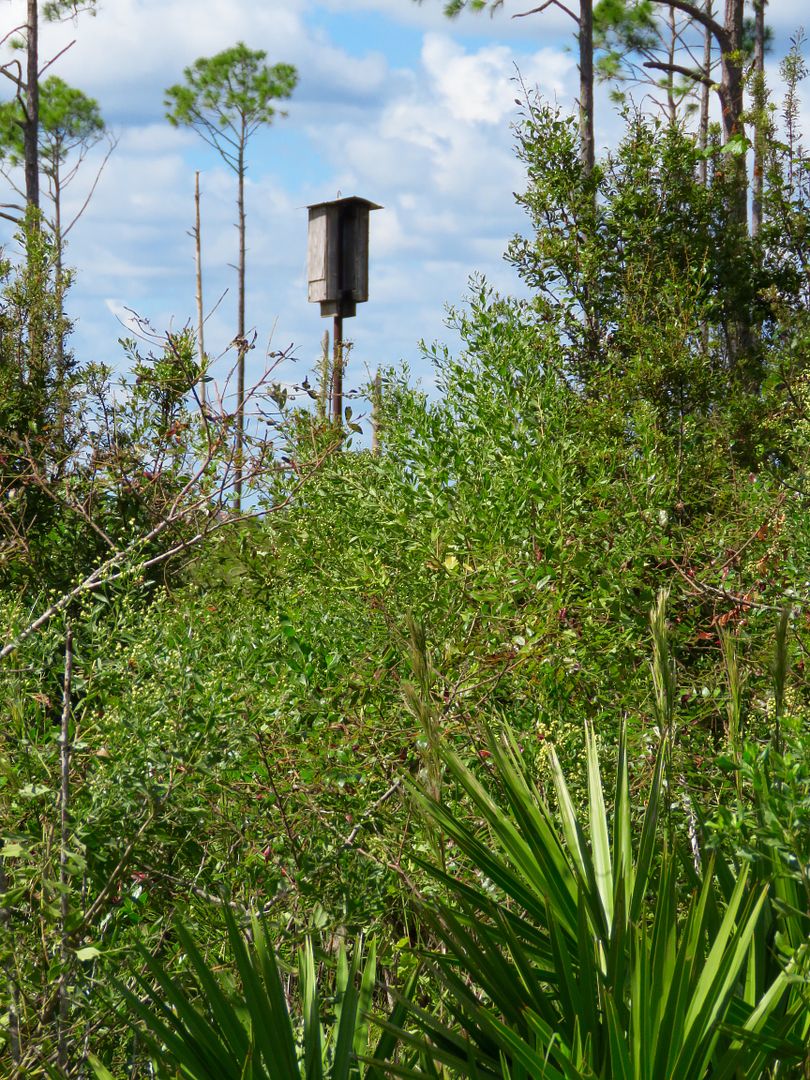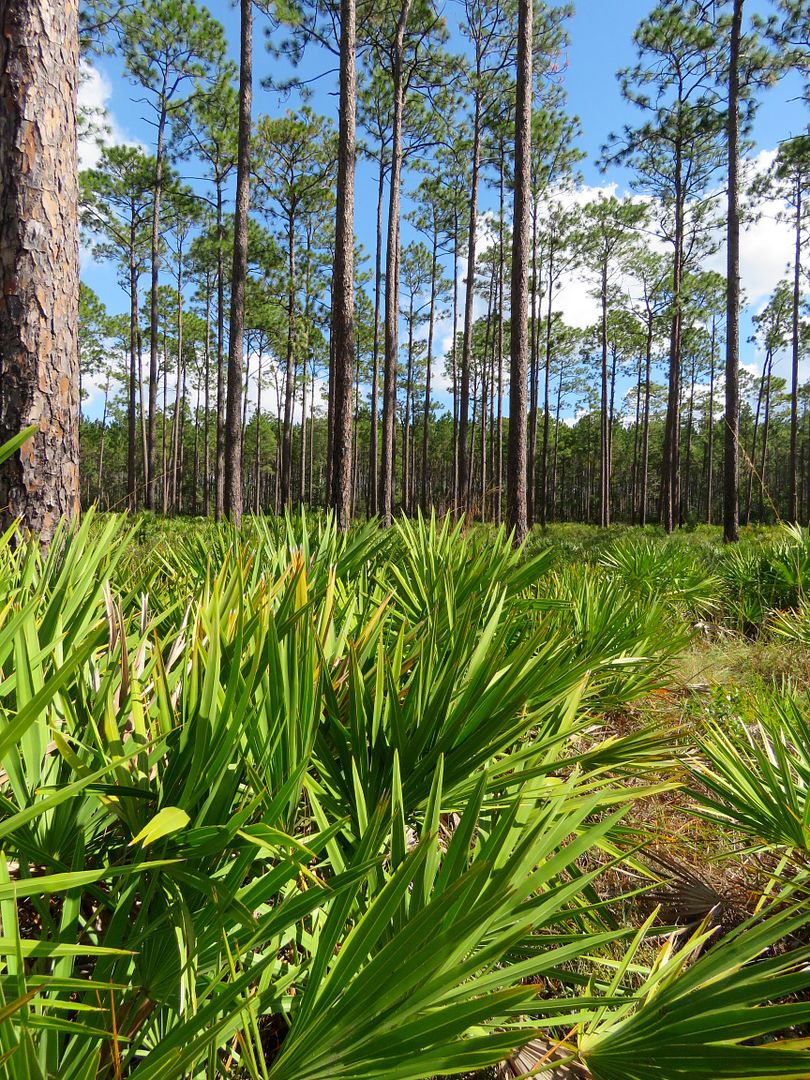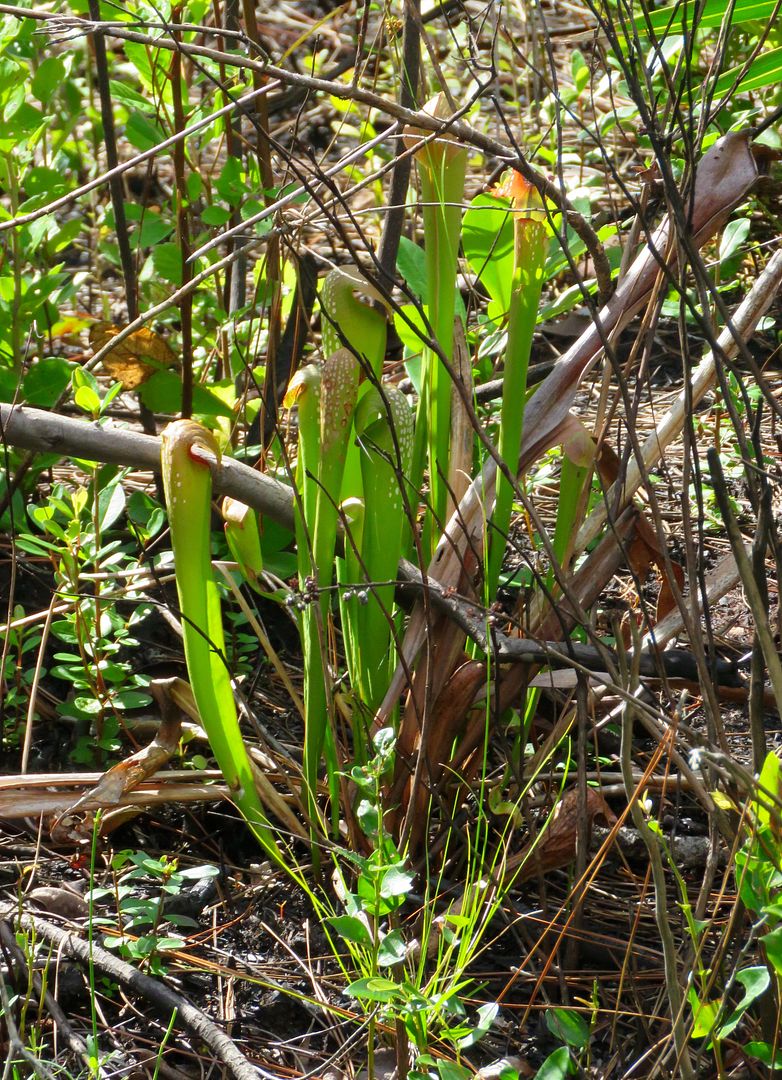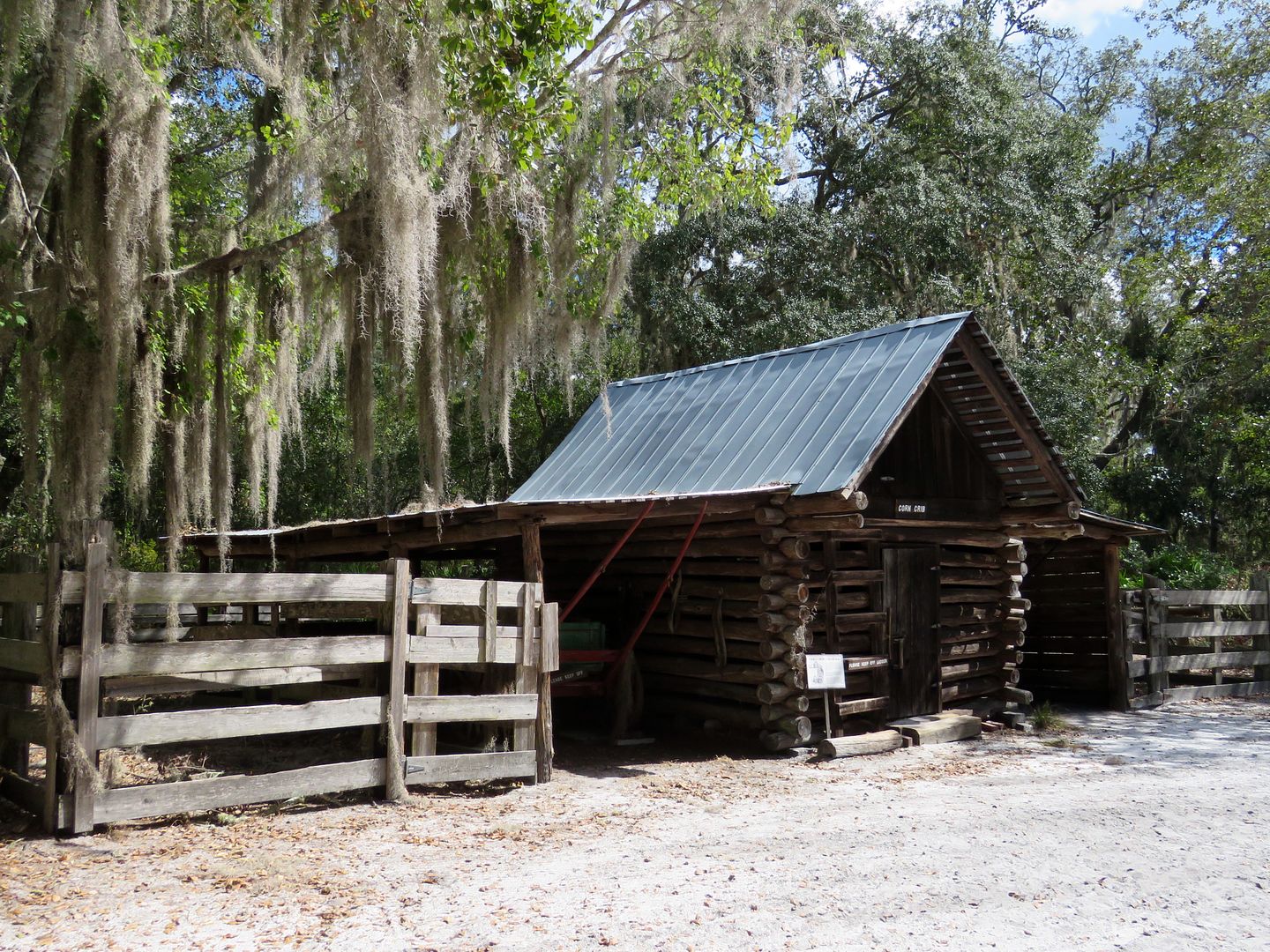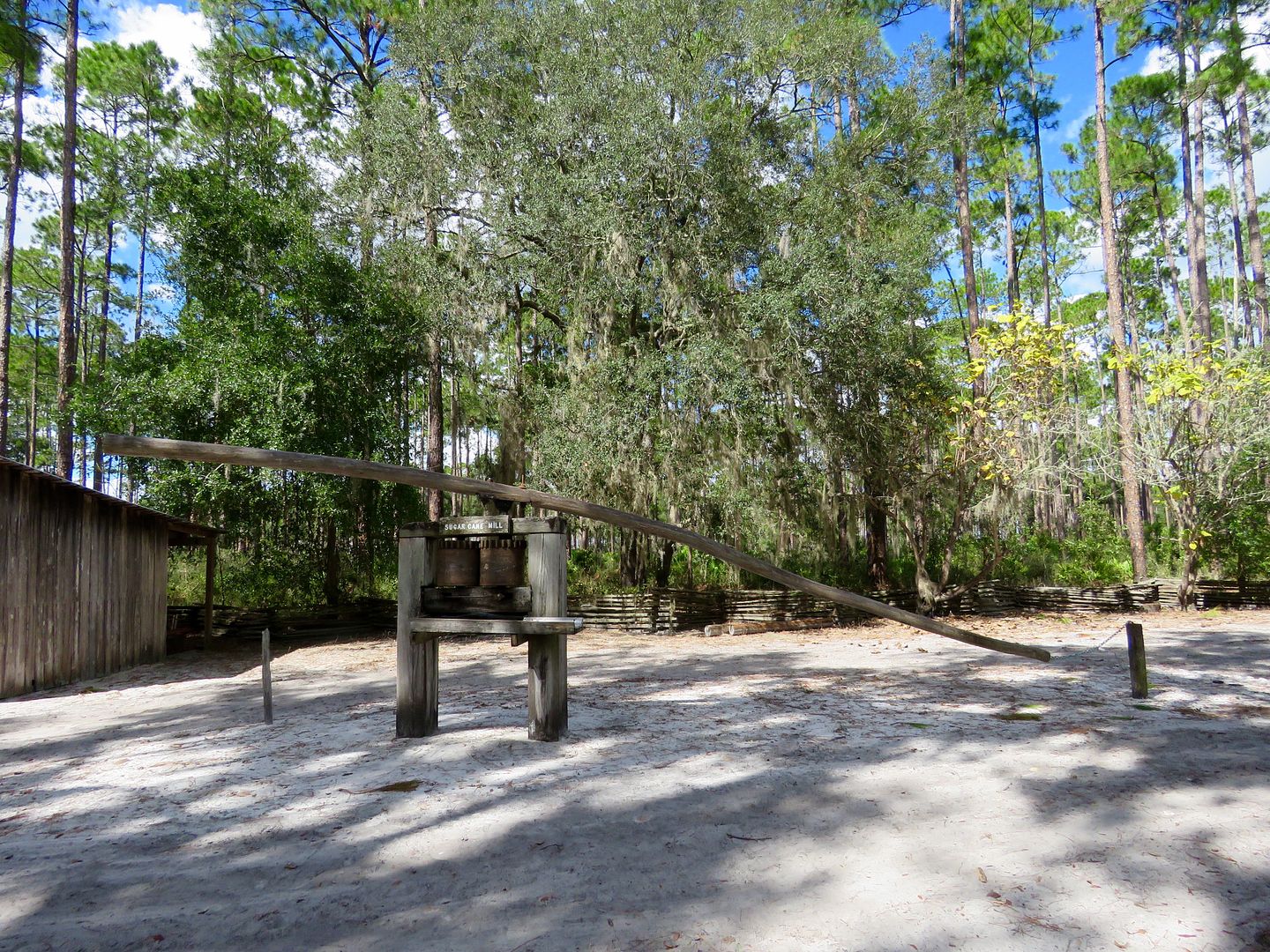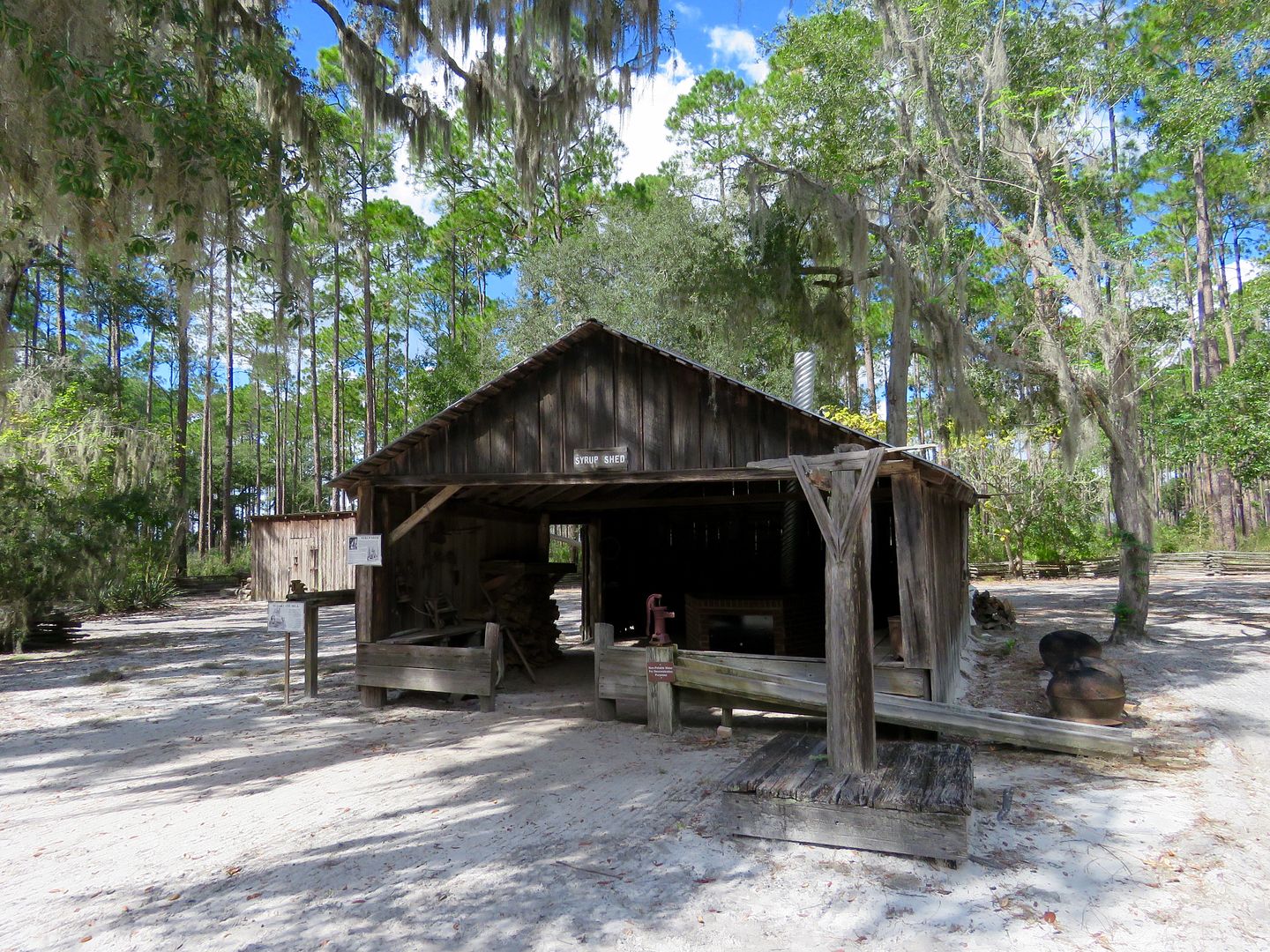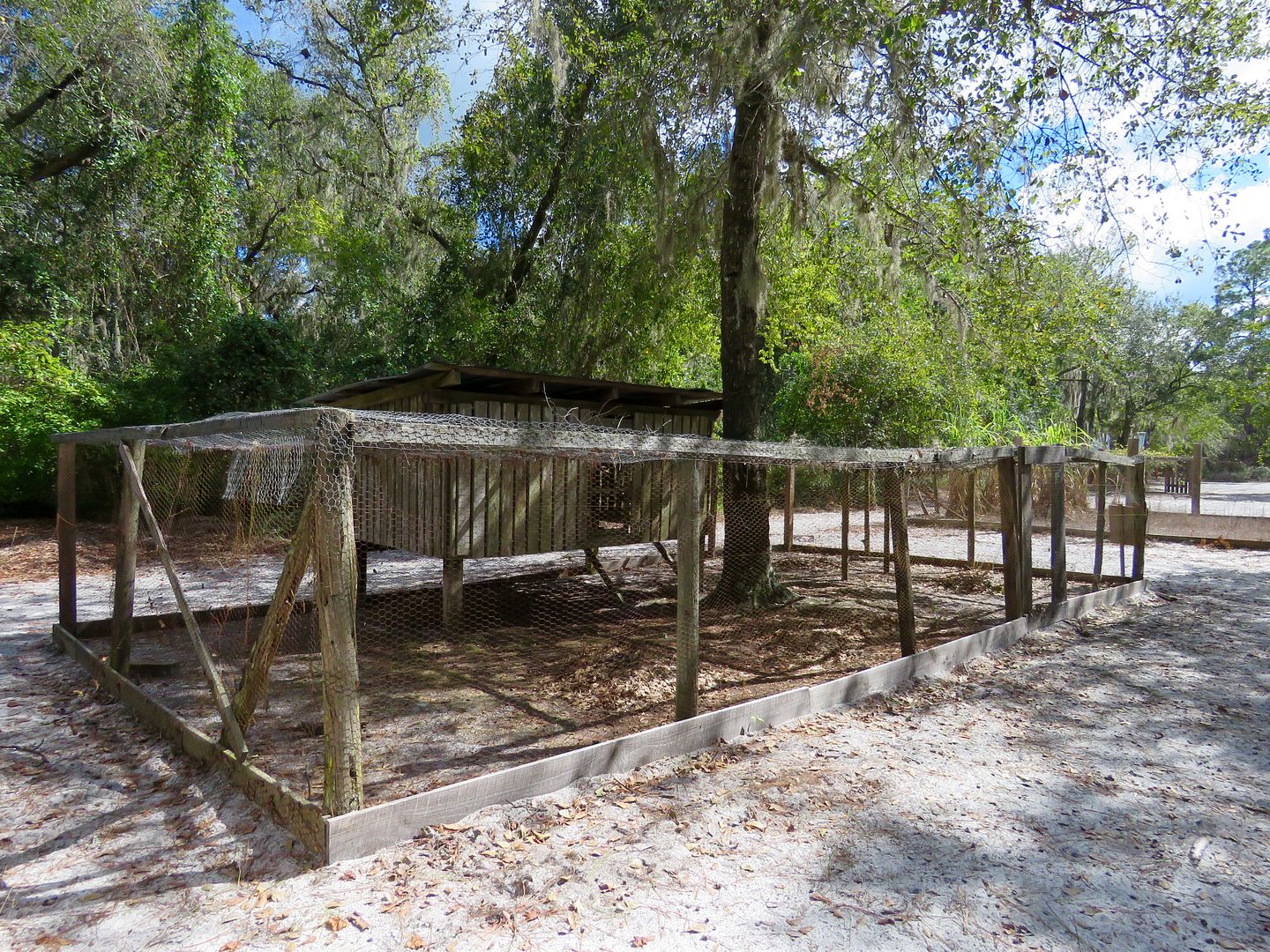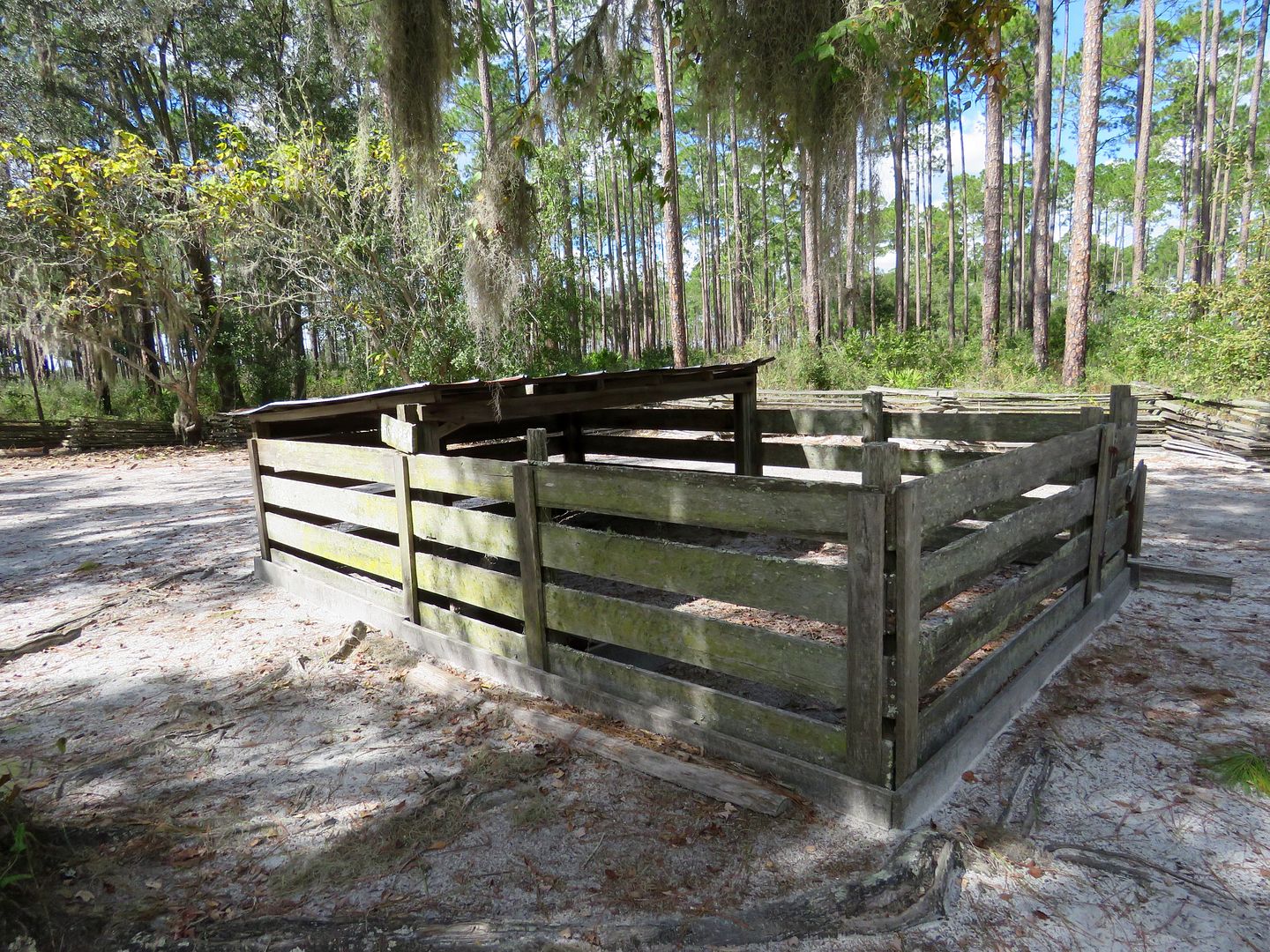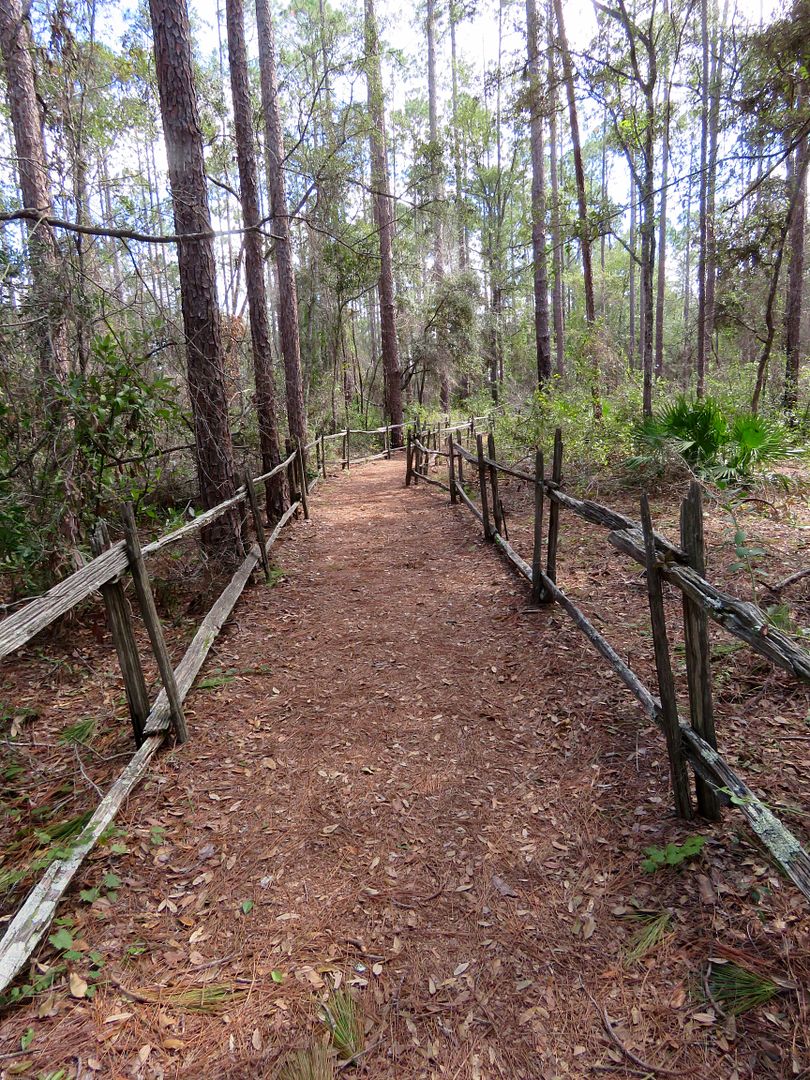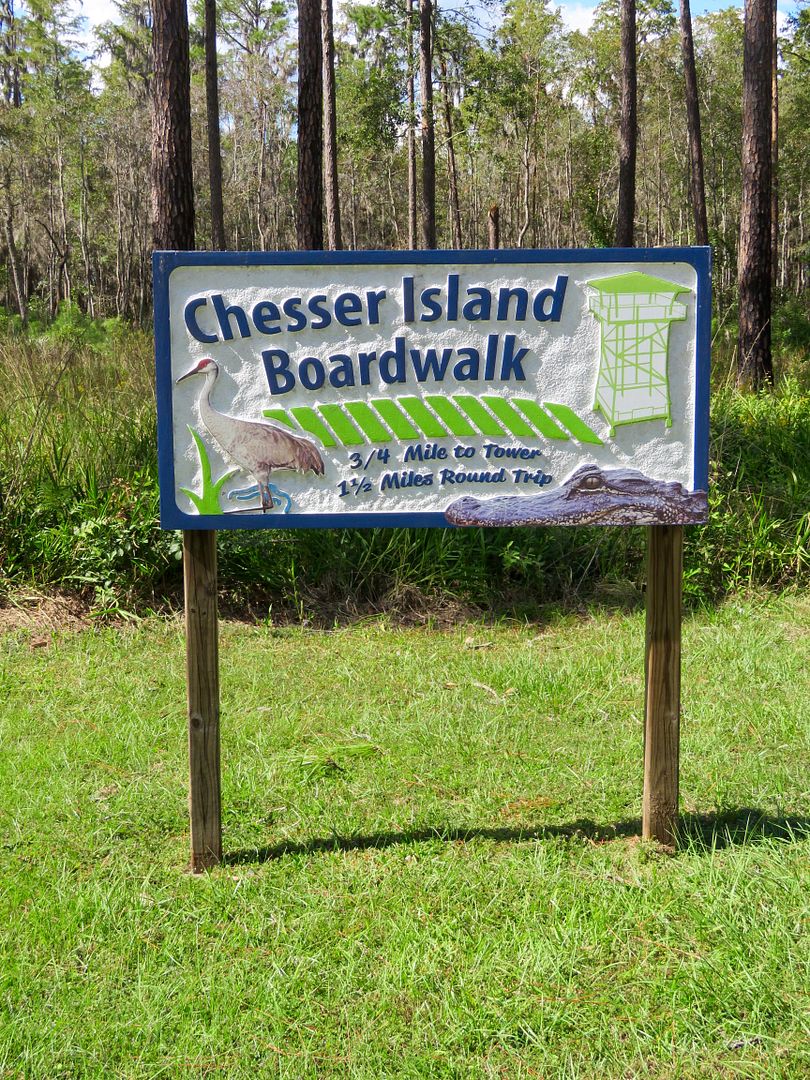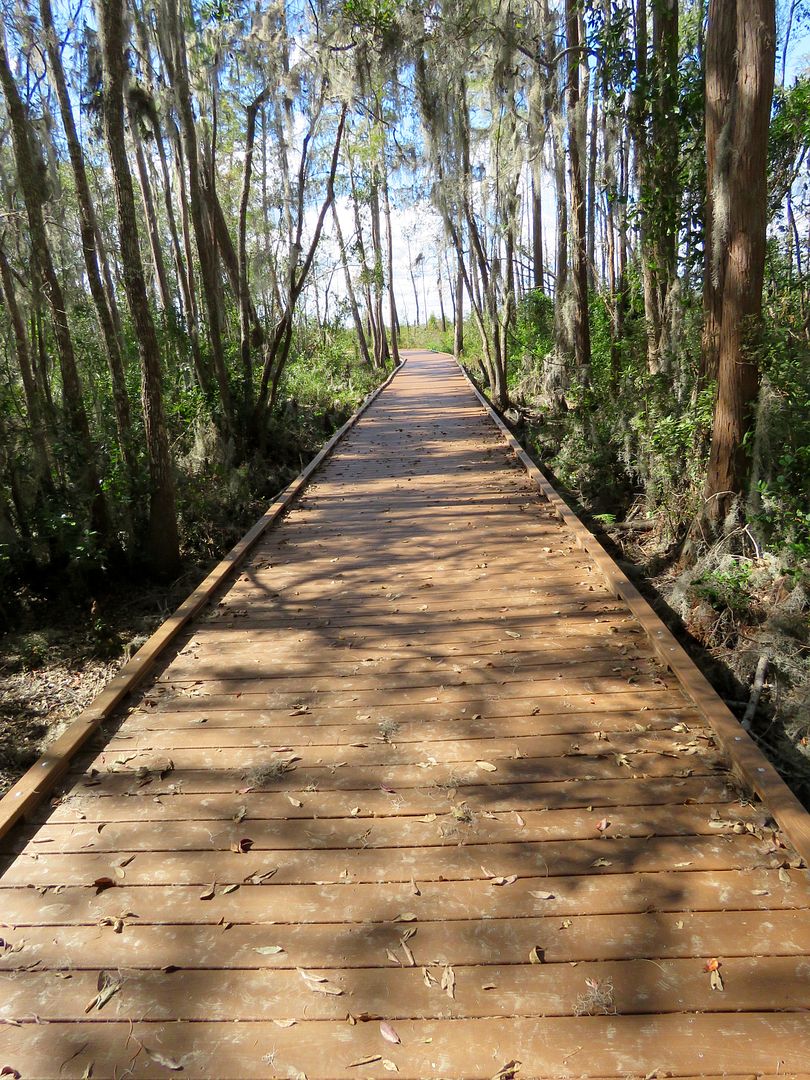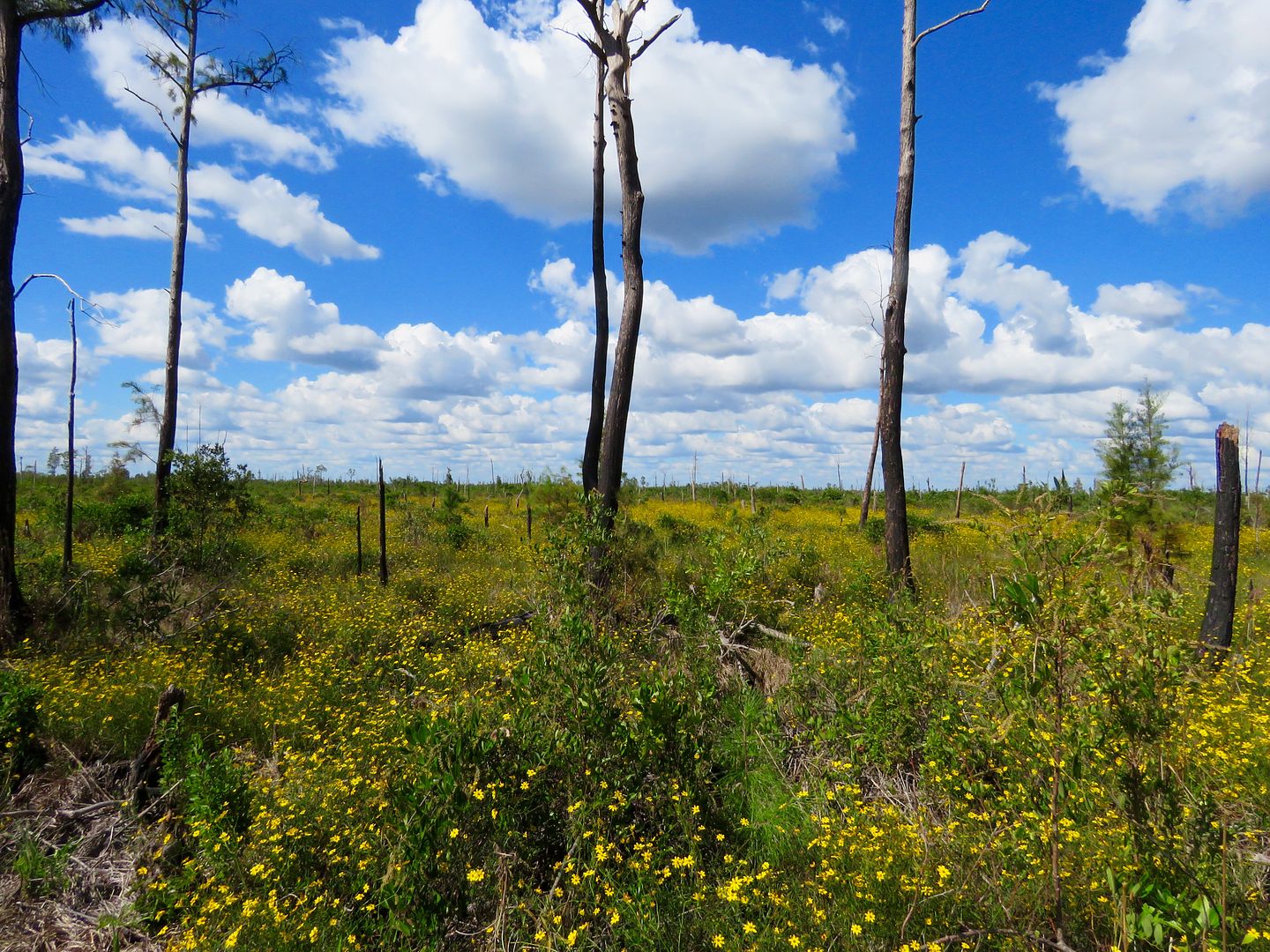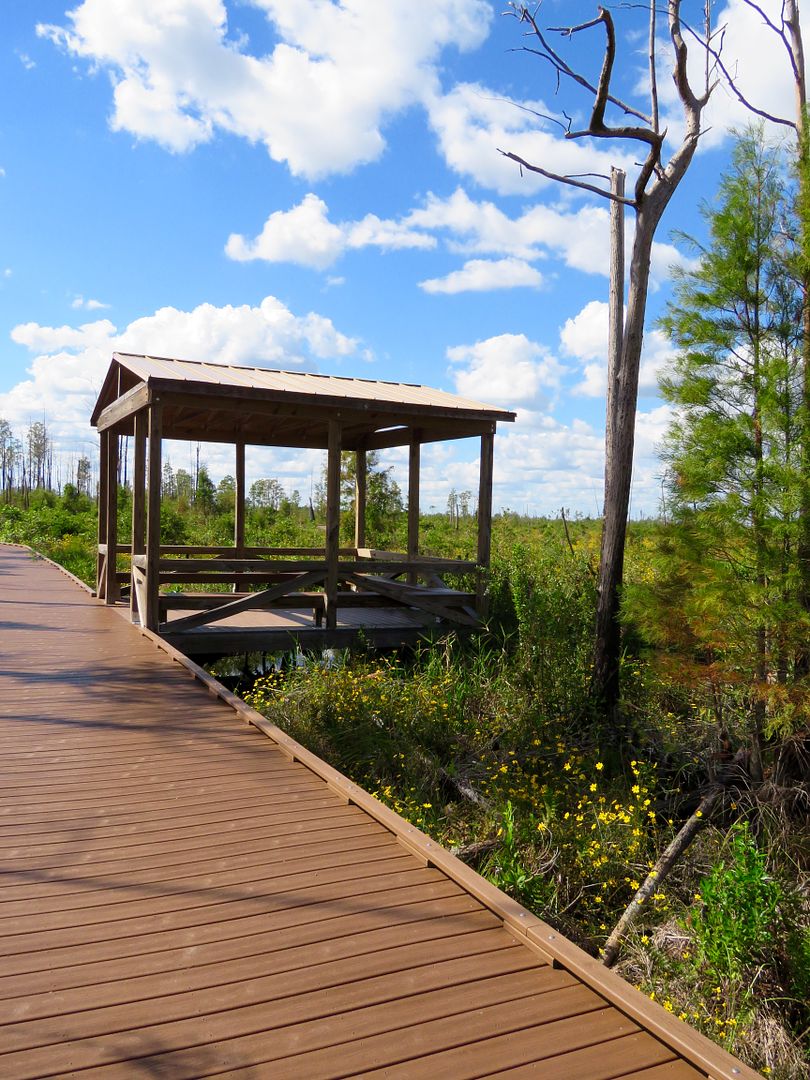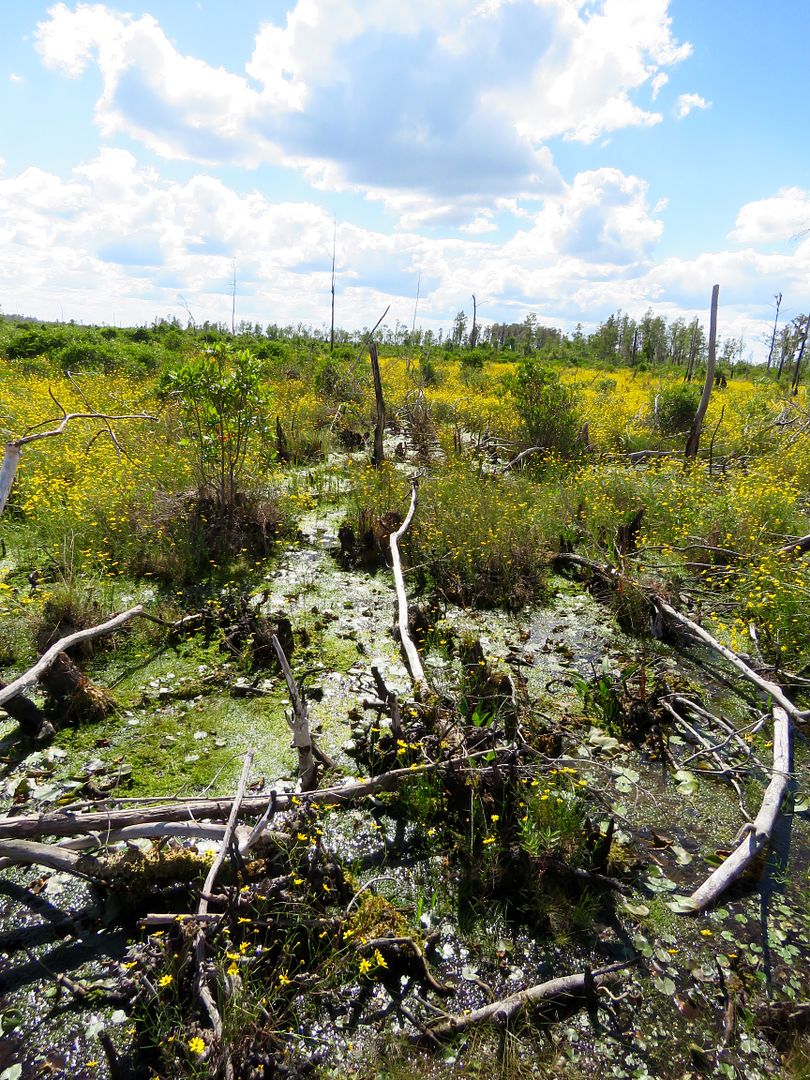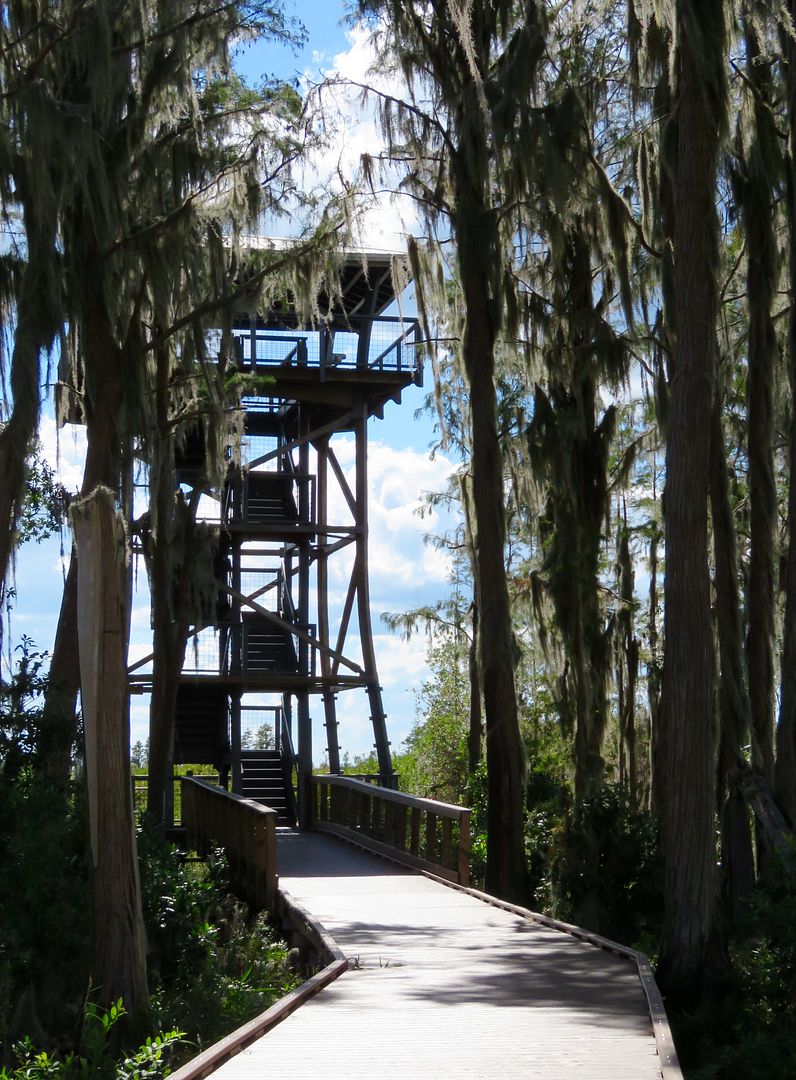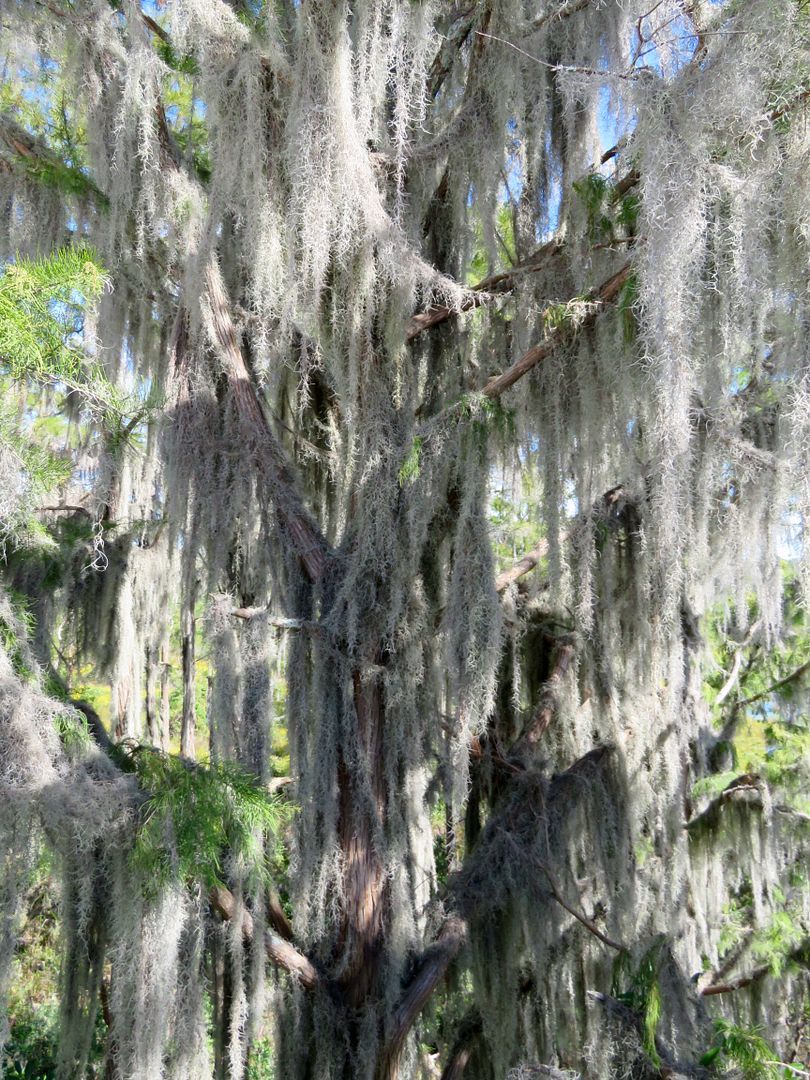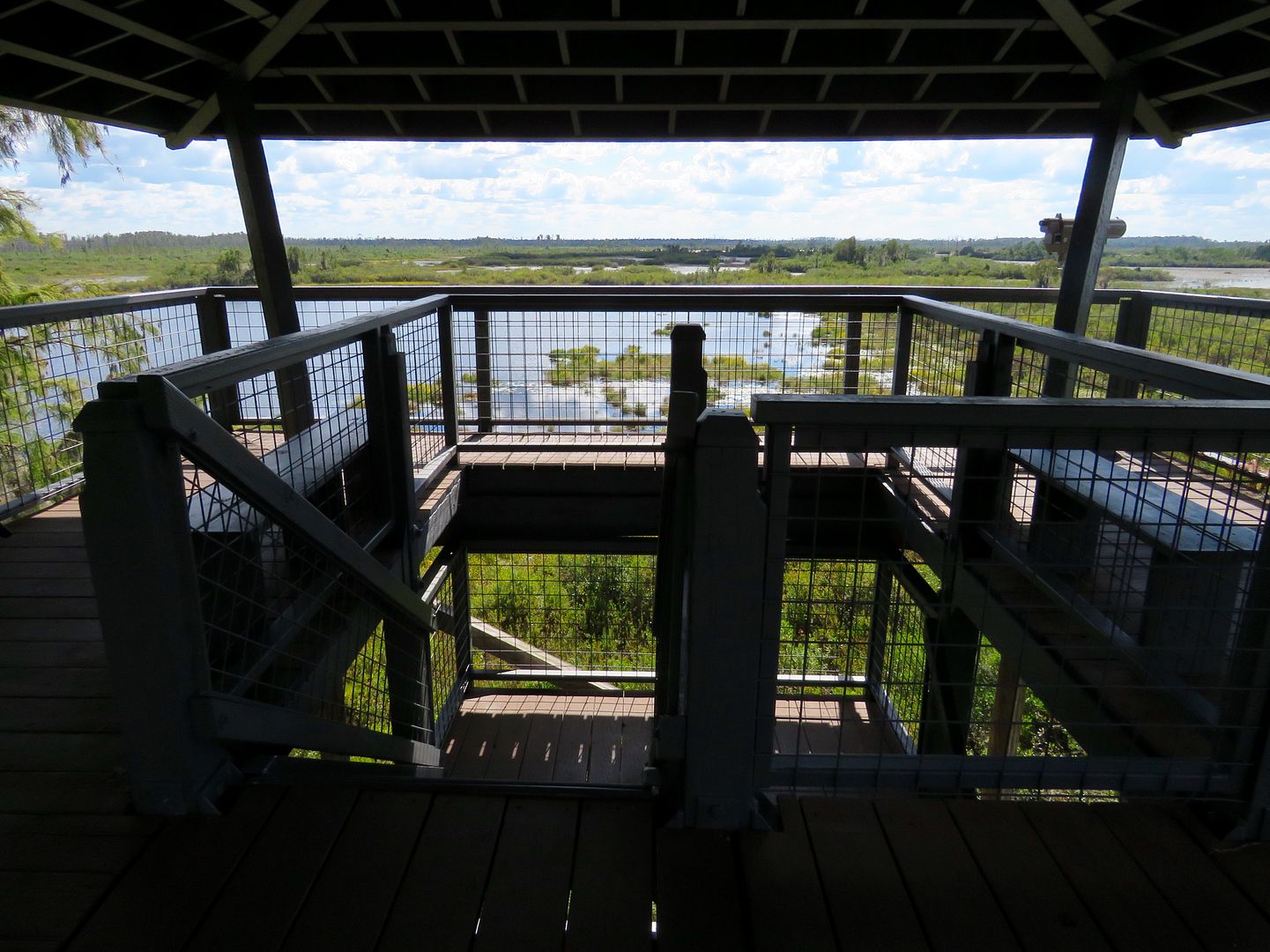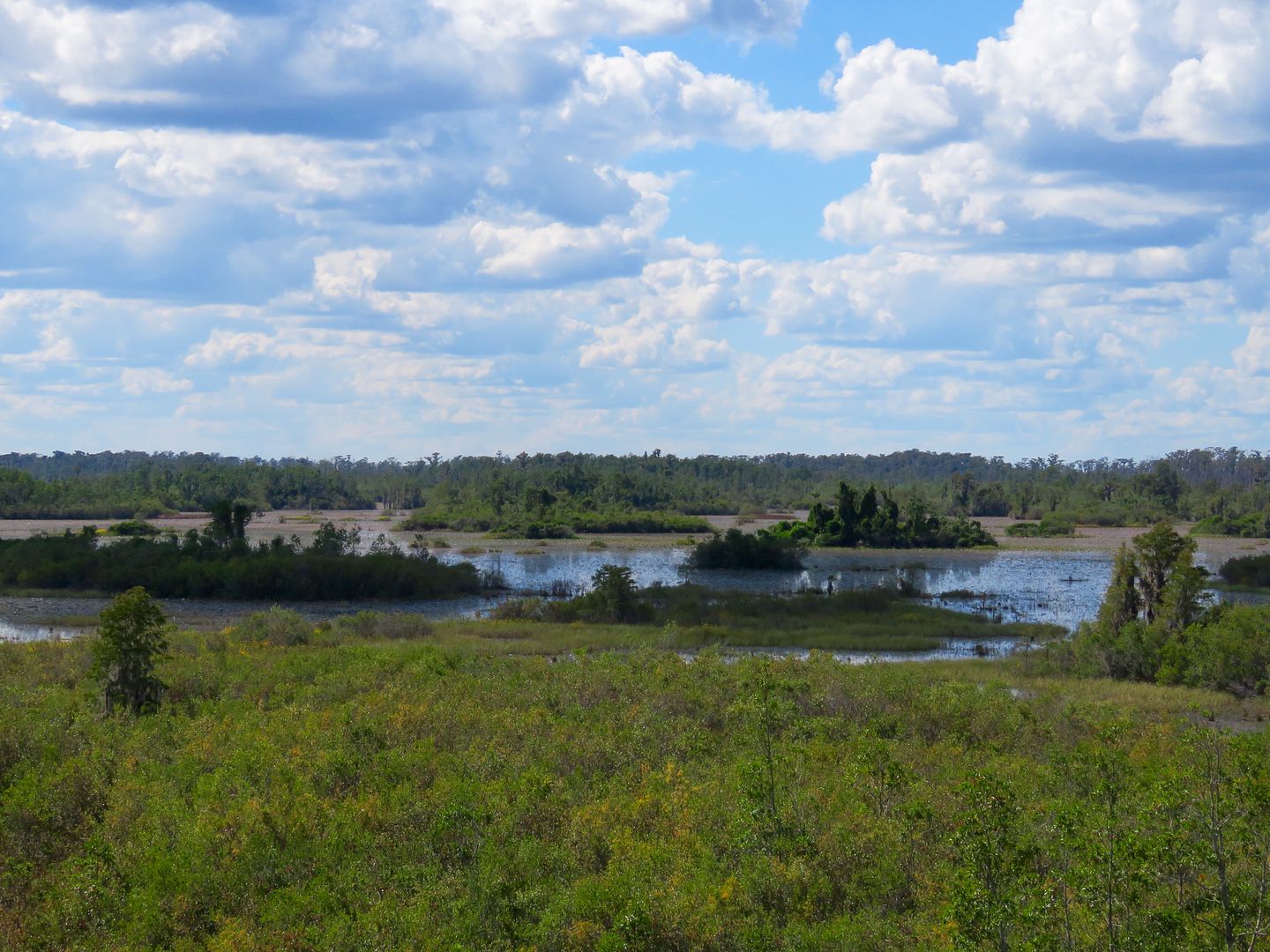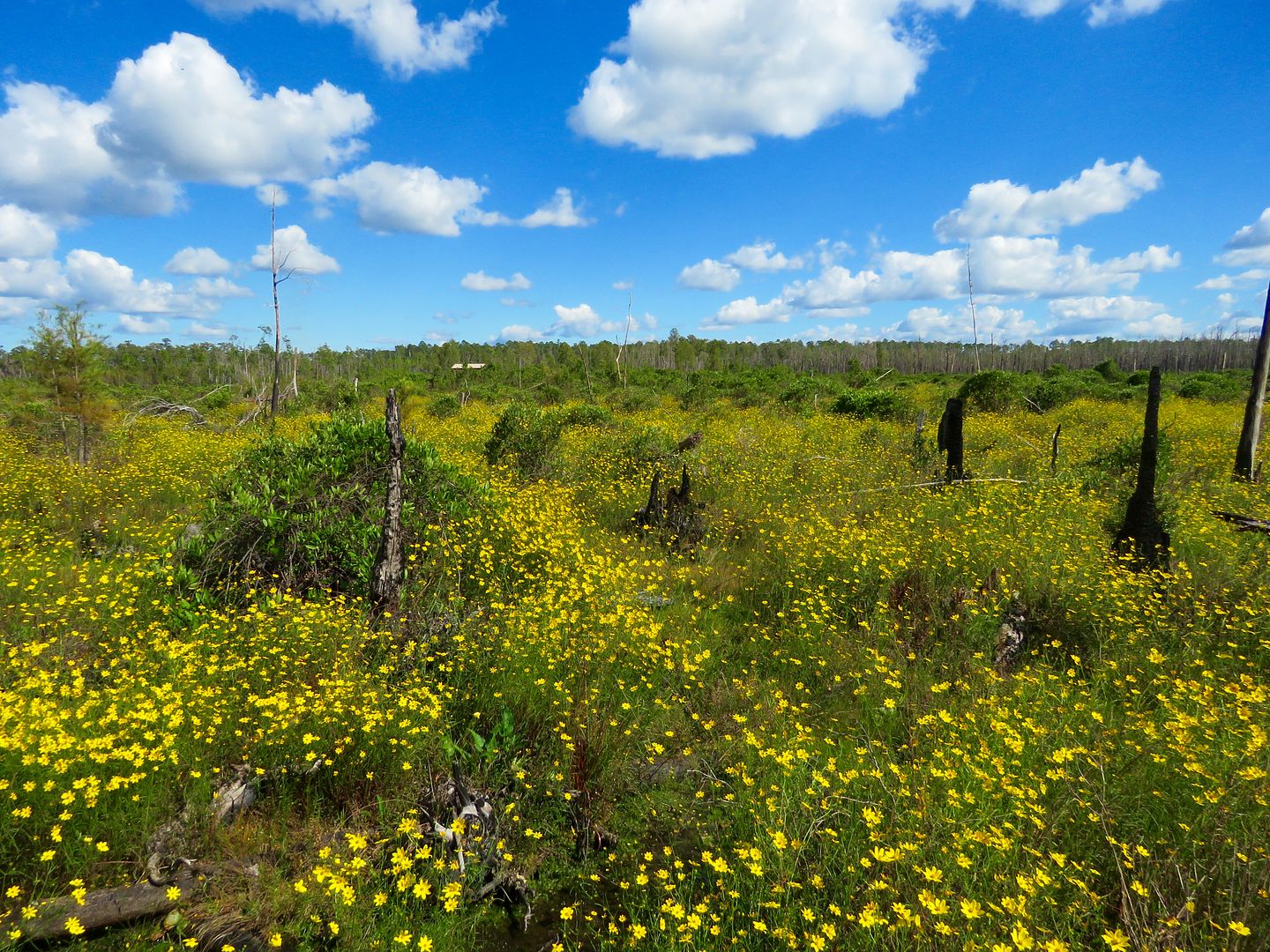Nearly all of the Okefenokee Swamp, located in southeast Georgia, is protected by the 630-square mile Okefenokee National Wildlife Refuge. Of that, approximately 354,000 acres are designated as a National Wilderness Area. Once part of the ocean floor, Okefenokee is a huge bog within a saucer-shaped depression that contains one of the most well preserved freshwater ecosystems on the globe. Two rivers start at the swamp; on the eastern side is St. Marys River that flows to the Atlantic Ocean and on the western side is the Suwannee River that flows to the Gulf of Mexico.
Our first stop, as always, was at the Richard S. Bolt Visitor Center that is located at the main entrance where you can obtain information about the refuge and exhibits about the swamp. Of course, the alligator is one of the most common animals you will see here.
This area of the refuge is the
Suwannee Canal Recreation Center.
Boat tours are available from Okefenokee Aventures (located next to the Visitor Center) where there is also a small cafe. They offer a 90-minute guided tour ($19.50/per); sunset tour ($28.50/per); a four-hour extended tour ($95/per); overnight canoe trips ($295/one night or $395/two); and, canoe, kayak, gear, and bicycle
rentals. See their
website for additional information at
www.okefenokeeadventures.com.
The Suwannee Canal Company began building the Suwannee Canal in 1890 with the intent to drain much of the swamp into the St. Marys River leaving fertile fields. With mounting costs after digging three miles of the canal towards river, the company focused on creating the canal into the swamp by dredging to harvest virgin pine and cypress trees. The company went bankrupt in 1894 as the expense outweighed profits by a wide margin. Today, however, the canal provides access to the beautiful swamp for visitors.
The short Cane Pole Trail (.7 mile round trip) is also located near the Visitor Center. In addition to seeing several blue heron, we caught a quick glimpse of this beautiful pileated woodpecker. This alligator was on the opposite of the canal but swam over to check us out. He kept followed us a short distance as we walked along the banks of the canal (and we think he was interested in our sweet doggy, Sadie!
As we continued down the dog-friendly trail along the canal, Sadie got to make a new friend...this little girl just wanted to keep petting her!
Prairies in a swamp are open, freshwater marshes. As we continued along the trail, we came to the Mizzell Prairie, so named for a family that settled here in the 1840s. They raised cattle and hogs; planted sugar cane, sweet potatoes and corn; and hunted and fished in the swamp. Families with farms lived at Okefenokee well into the 20th century. The prairies, covered with grasses, water lilies, and other aquatic plants, are quite beautiful.
There are canoe paths along the canal as well. As we returned to the Visitor Center, that darn alligator was still there waiting for us (or really, I think he was waiting for our dog!)
We hopped in the car to continue our tour of Okefenokee via the 7-mile auto tour along Swamp Island Drive (pamphlets available at the Visitor Center). The first part of the drive is through a longleaf pine forest. There are various stops identified in the brochure along the way.
This lake was dug to provide sand to help build the road. Nearby is a bat house, but bats have never used it and, instead, prefer hollow pine trees found throughout the area.
There is also a long ditch on the left side of the road that was also dug to help build the road. Today there are beautiful lilies growing in them and lots of alligators and turtles, too. On an opposite bank we were excited to see one of the three species of carnivorous plants found here, a pitcher plant.
W. T. Chesser and his family settled on this island in the mid 1800s. The lived on the food they could catch, shoot, and grow here. Sugar cane (syrup) and turpentine were cash crops. Chesser and his wife had seven children and two of their younger sons settled in the swamp near their parents (one had 13 children, the other 9). Tom Chesser, a grandson of the original Chesser, and his wife, Ida, built the homestead that is seen here in 1927. The family never had electricity but purchased a propane refrigerator in the 1940s, a gasoline washing machine, and had a battery-operated radio. (Wow!)
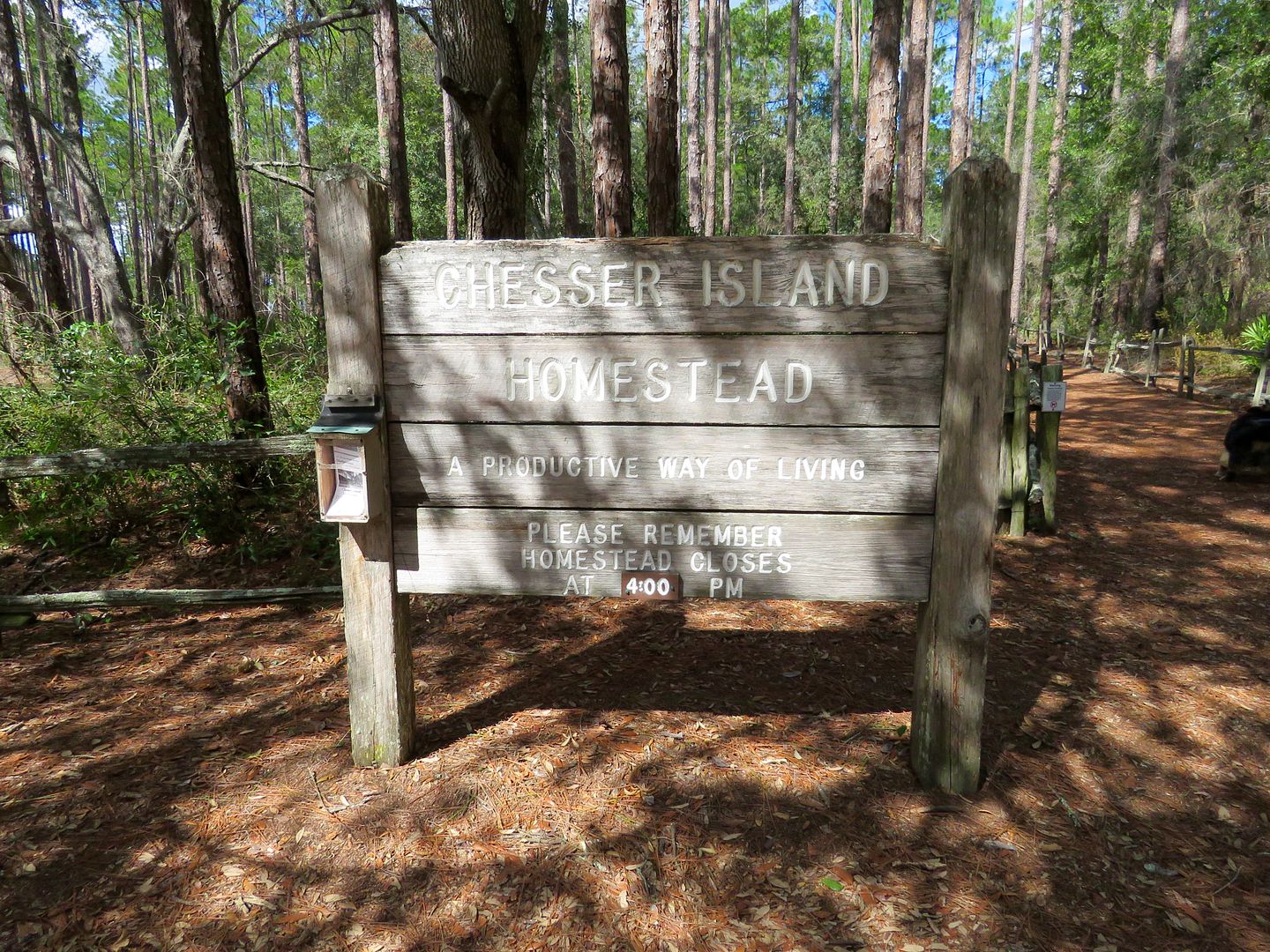

The corncrib was used to store corn (the primary cultivated crop in the swamp) that was consumed by both livestock and the family. Sugar cane was a cash crop used to make syrup. The cane stalks were fed into through rollers and the juice squeezed from it by a mule pulling the sweep of this sugar cane mill. A 60-gallon boiler in the syrup shed was filled with the raw sugar cane juice and boiled continually for several hours yielding about six gallons of finished syrup.
Chickens and hogs provided an important part of their diet. Black bears were predators that sometimes visited the hog pen, but were usually chased away by the swampers.
A large, hollowed-out, cedar log was used for the well. The durable wood was well suited for this purpose and kept the well from collapsing in the sandy soil. There is a short trail to the homestead from the road. The area is dog-friendly which is always nice for us.
Our final stop on the Island Swamp Drive was the Chesser Island Boardwalk, a 1.5 mile round trip walk to the Owls Roost Tower (40' observation deck). Note the blackened skeletons of trees from the last major fire, the Honey Prairie fire of 2012. The previous boardwalk was destroyed then and this new one (of recycled plastic and wood) was dedicated in 2013. Intense wildfires occur about every 20 years in the swamp. The fires clear the swamp into open pastures and then regenerate.
There are three shelters along the boardwalk that provide a place to rest and and get some shade. Be sure to bring plenty of water to drink, wear a hat, and bring bug spray. There are tower viewers (no charge) at the second one. Pets are not permitted on the boardwalk, so Sadie had to stay in the car. It was so hot, John stayed to take care of her.
Owls Roost Tower is in a nicely shaded area of trees covered in Spanish moss. A word of caution, I saw lots of spiders with large webs on the way up (and, oh, how I hate spiders!)
There are sweeping views of Seagrove Lake and Chesser Prairie from the top. Tower viewers are also available there. Many water fowl could be seen in the distance.
Retracing my steps on the boardwalk, I saw lots of lizards, some turtles, and this snake slithering through the water (can you see him?)
But, mostly, I enjoyed the stunning views of the prairies. I never knew a swamp (although it is technically a "bog") could be so beautiful.
We both thoroughly enjoyed our visit here. When we made our itinerary to visit St. Marys,
GA, last year; it was to go to
Cumberland Island National Seashore. We did not realize Okefenokee was so close (about 45 minutes to the eastern entrance). The Swamp Island Drive and various stops along the way were fantastic. There are several other hikes that we did not do the day we visited. Also, the
Stephen C Foster State Park (
www.gastateparks.org) is located on the western part of the swamp and has both hiking and canoe trails. For additional information about the
Wildlife Rufuge, check out their
website at
www.fws.gov/refuge/Okefenokee.
